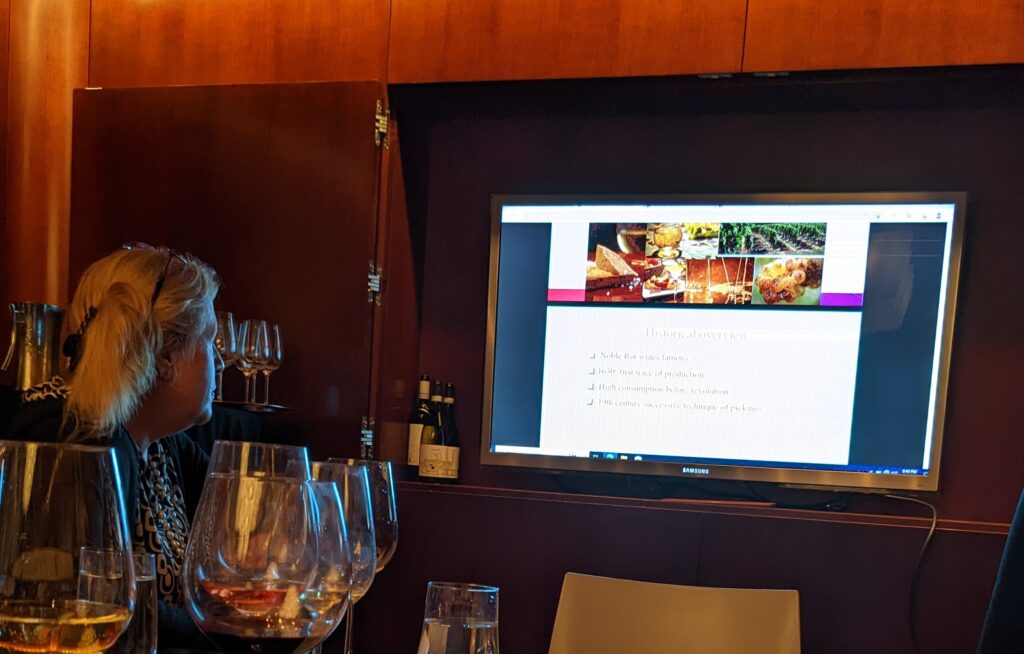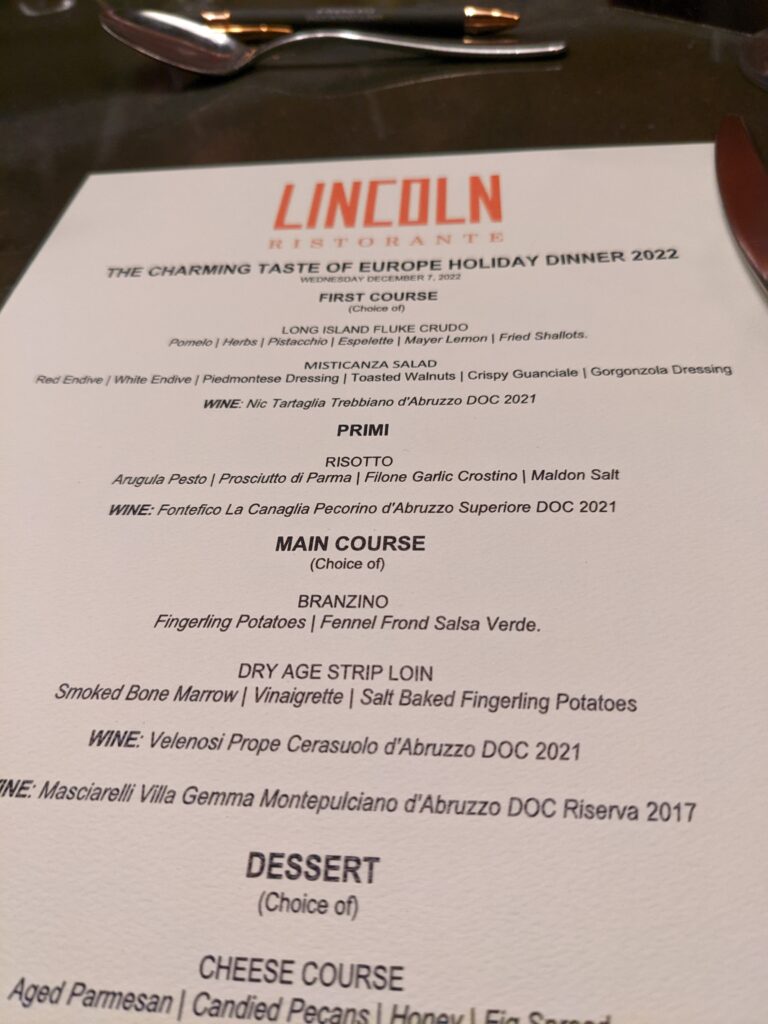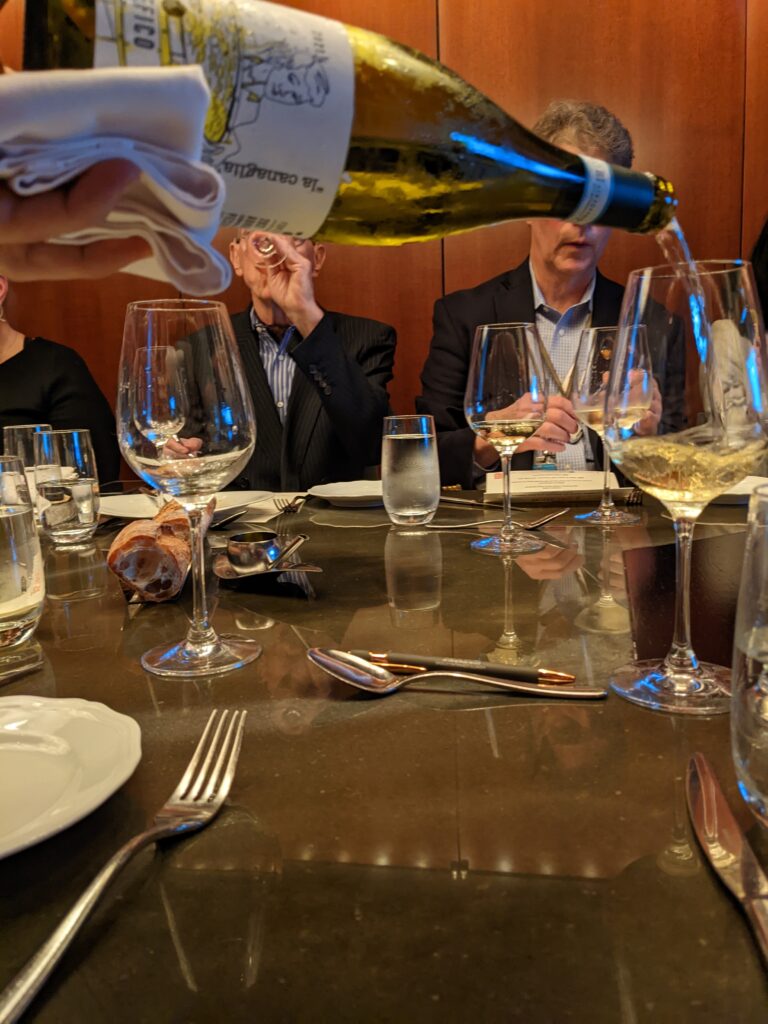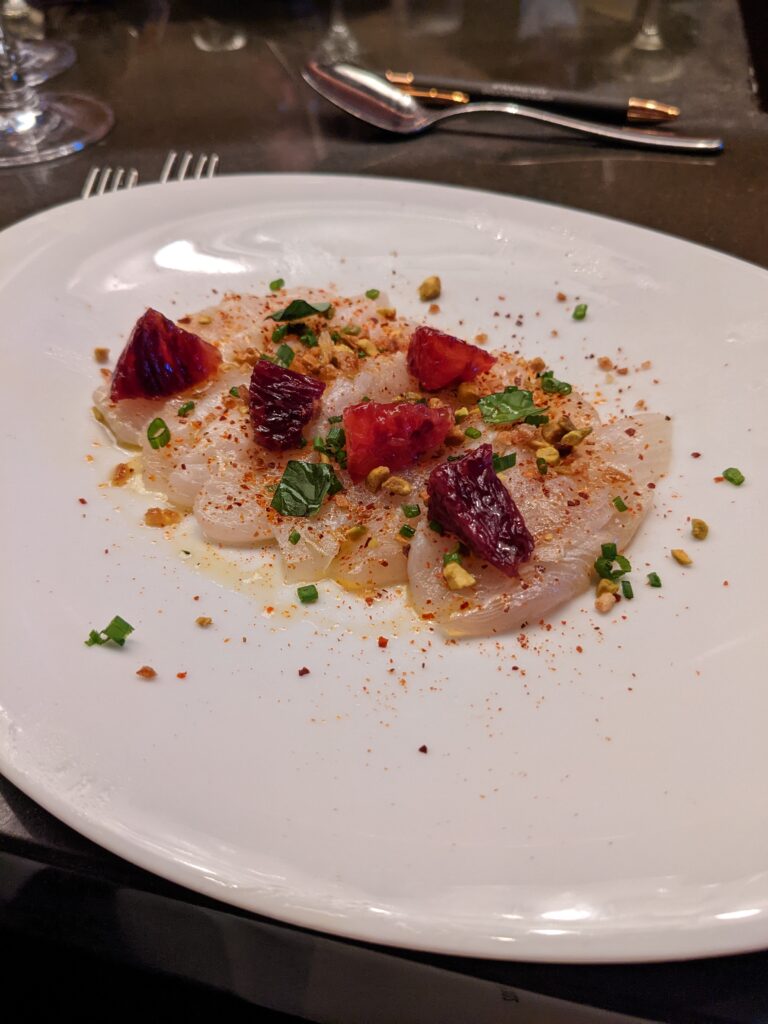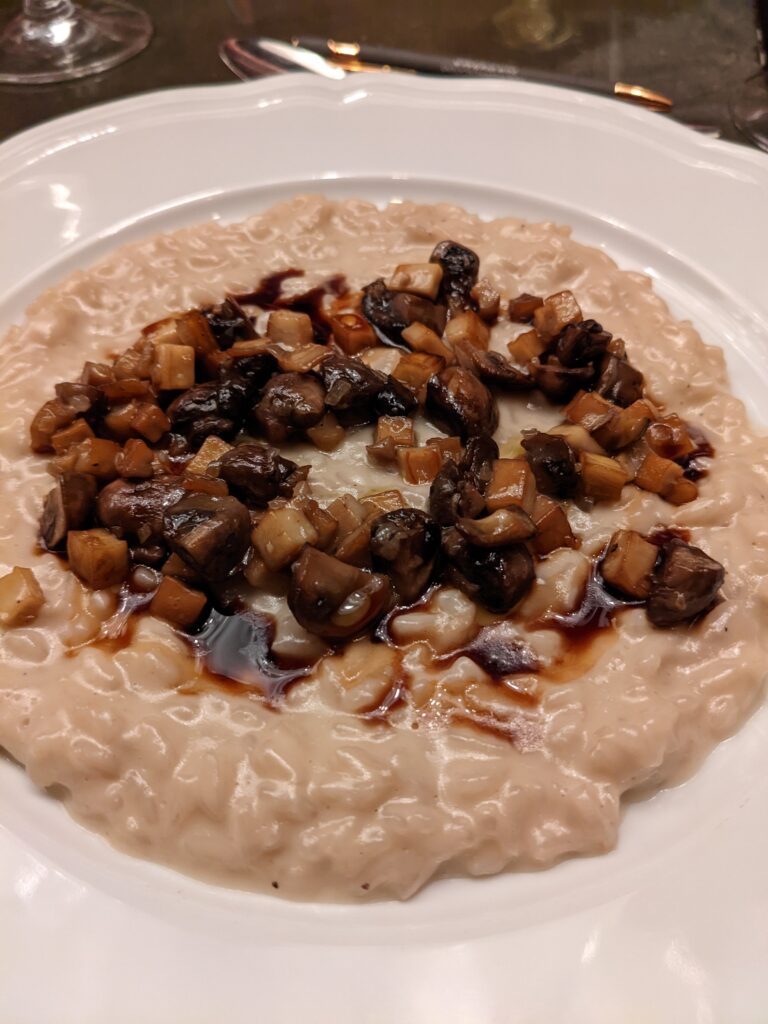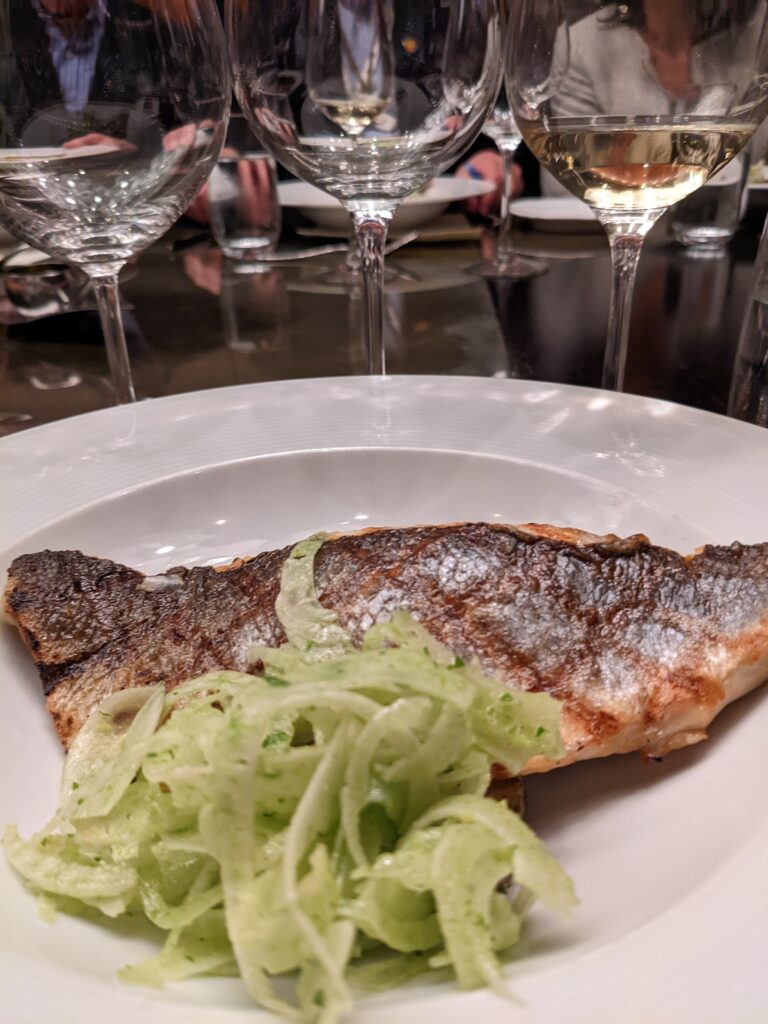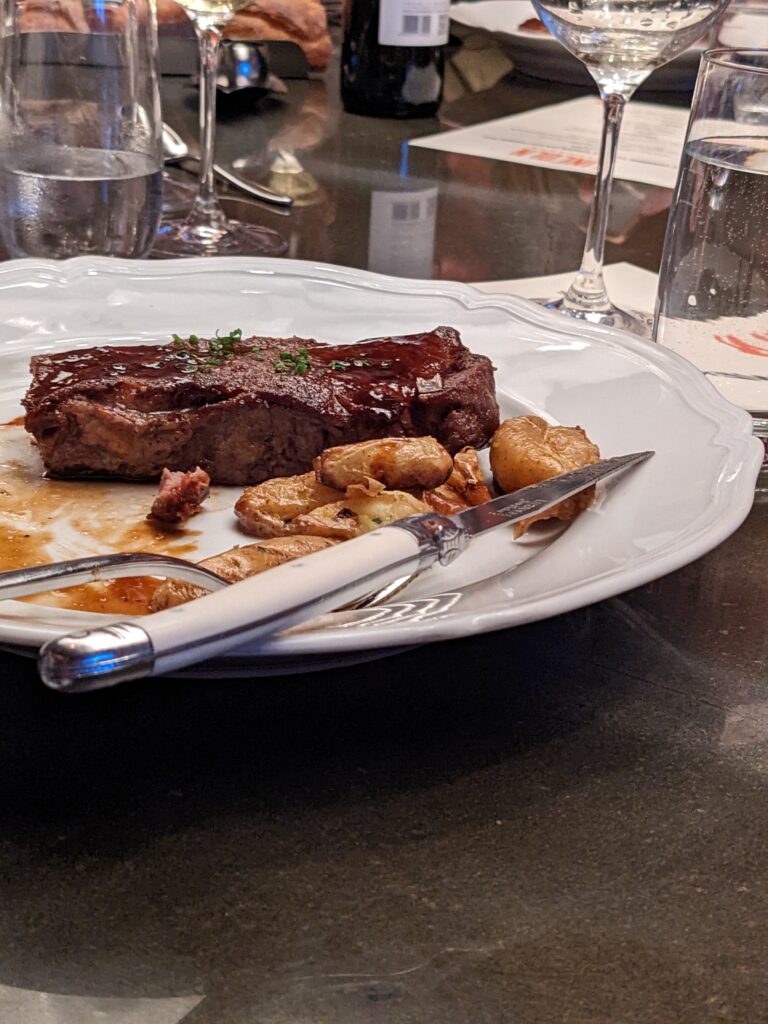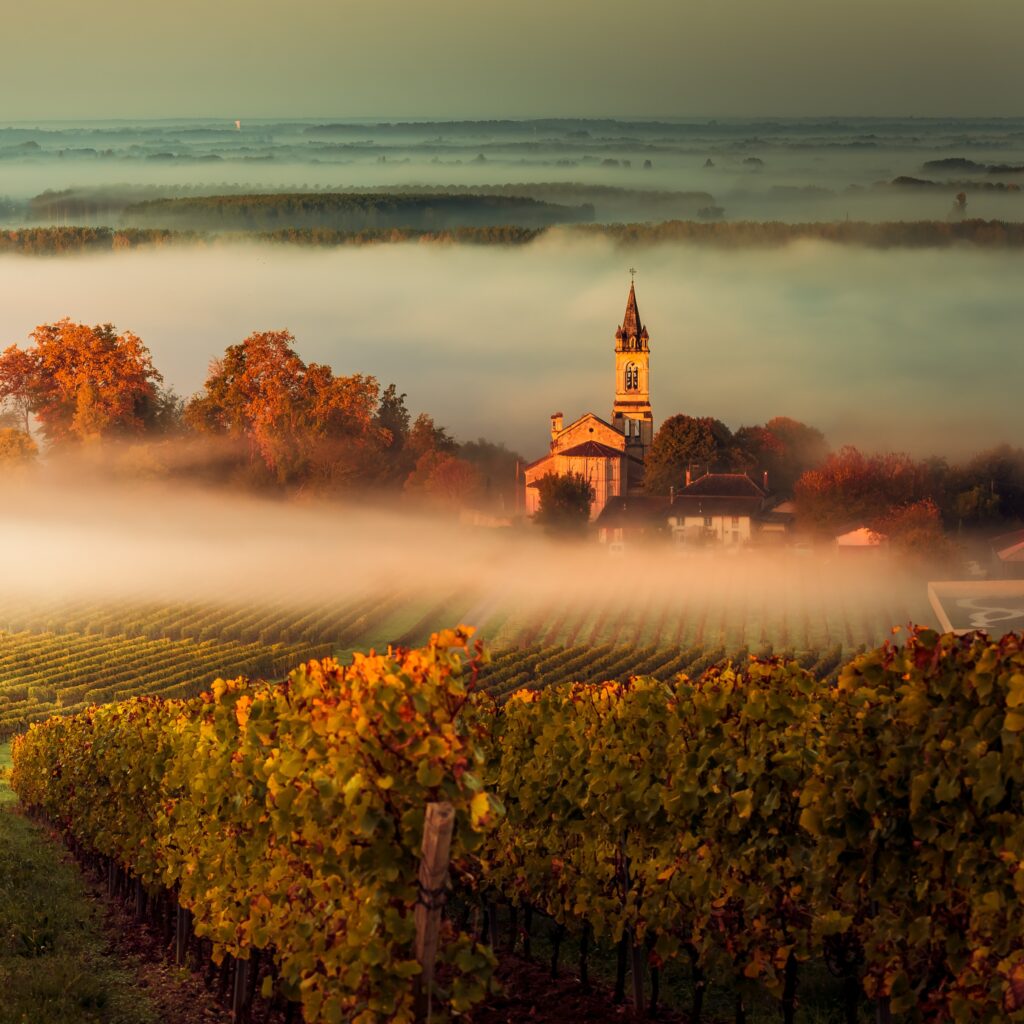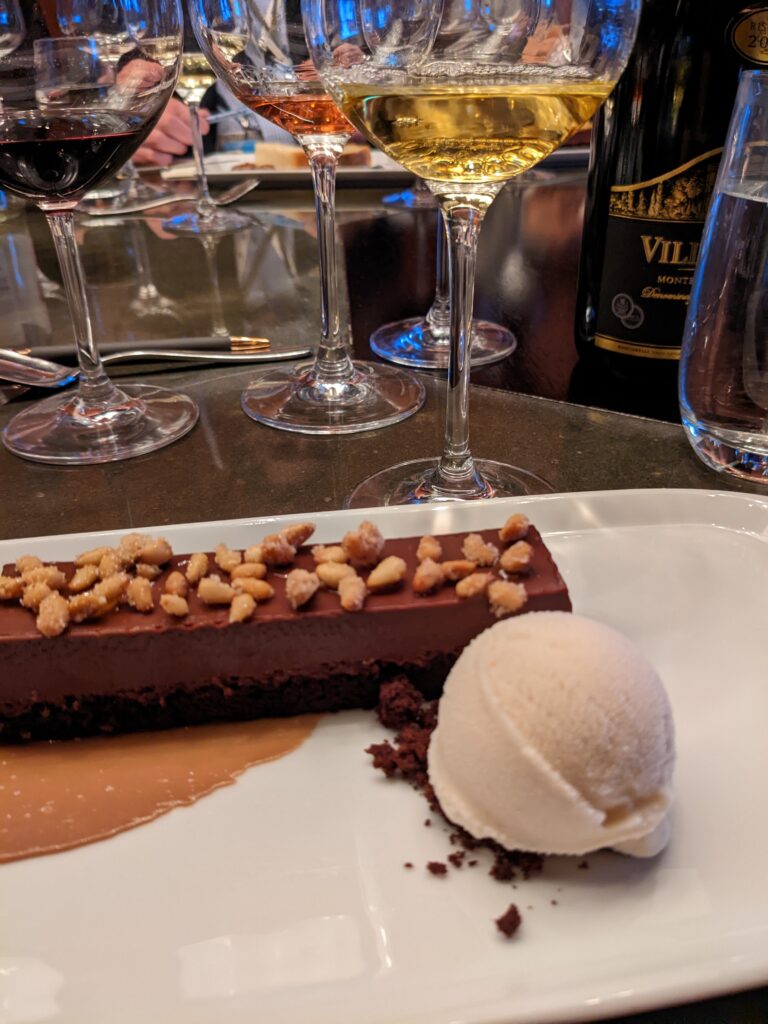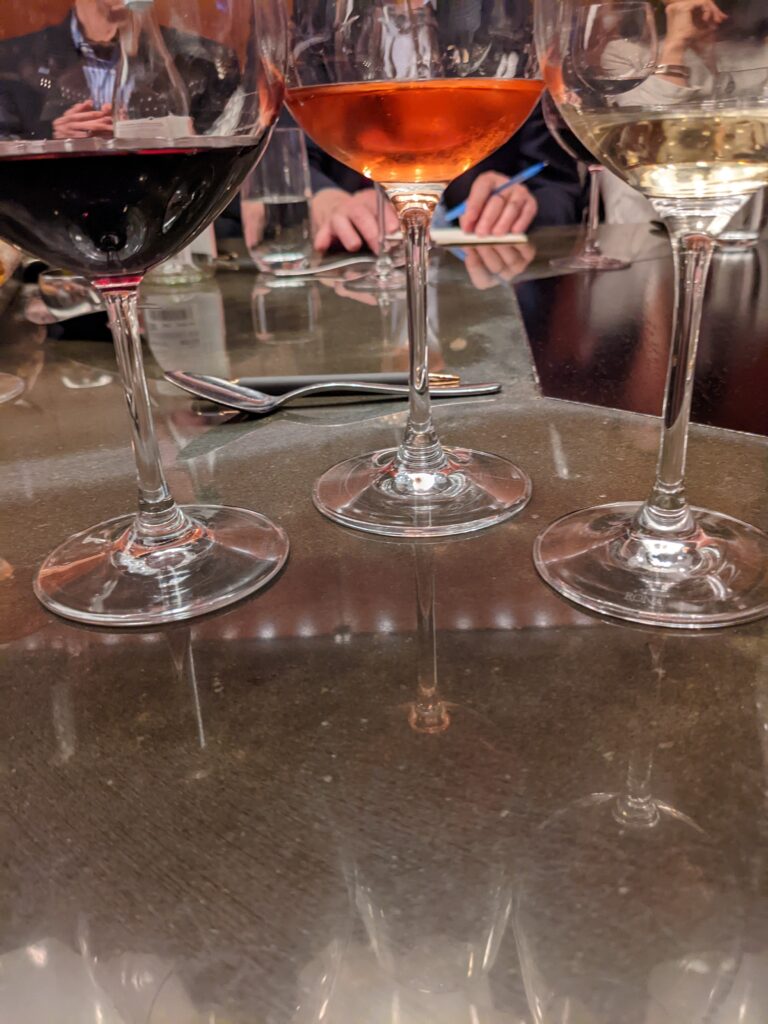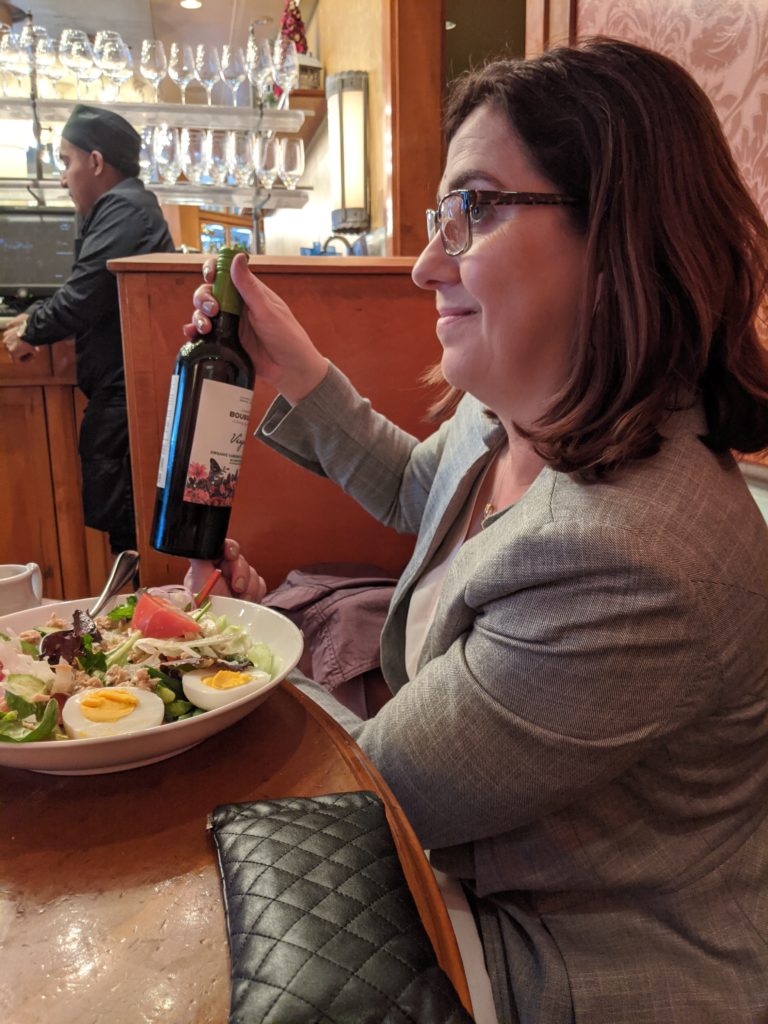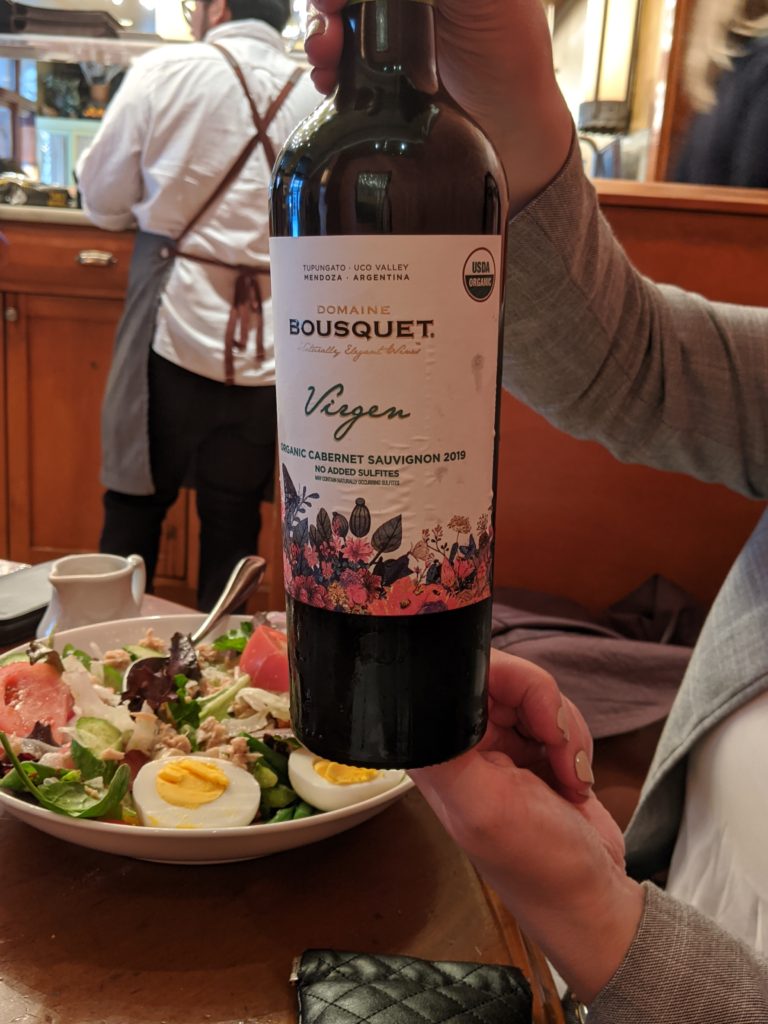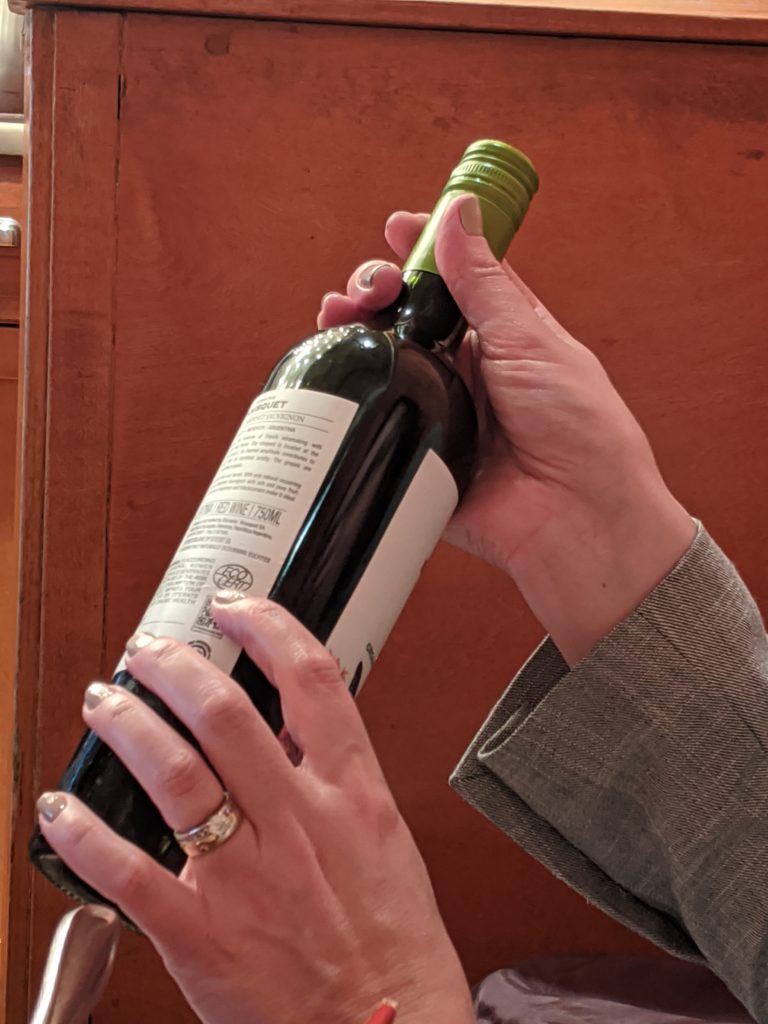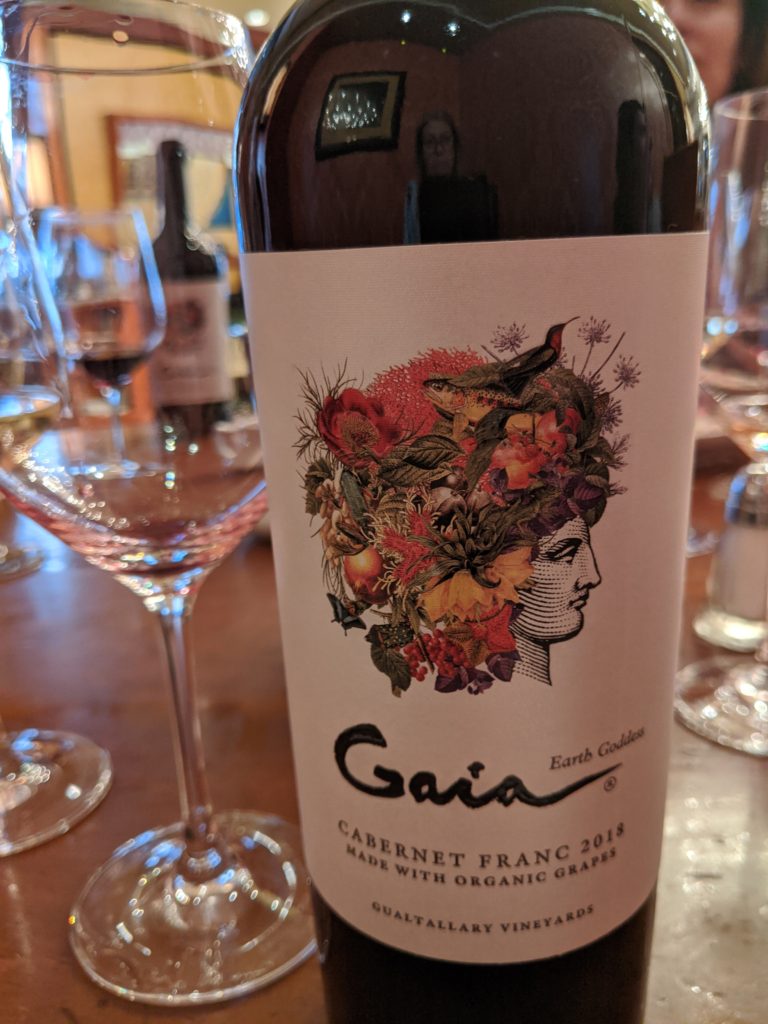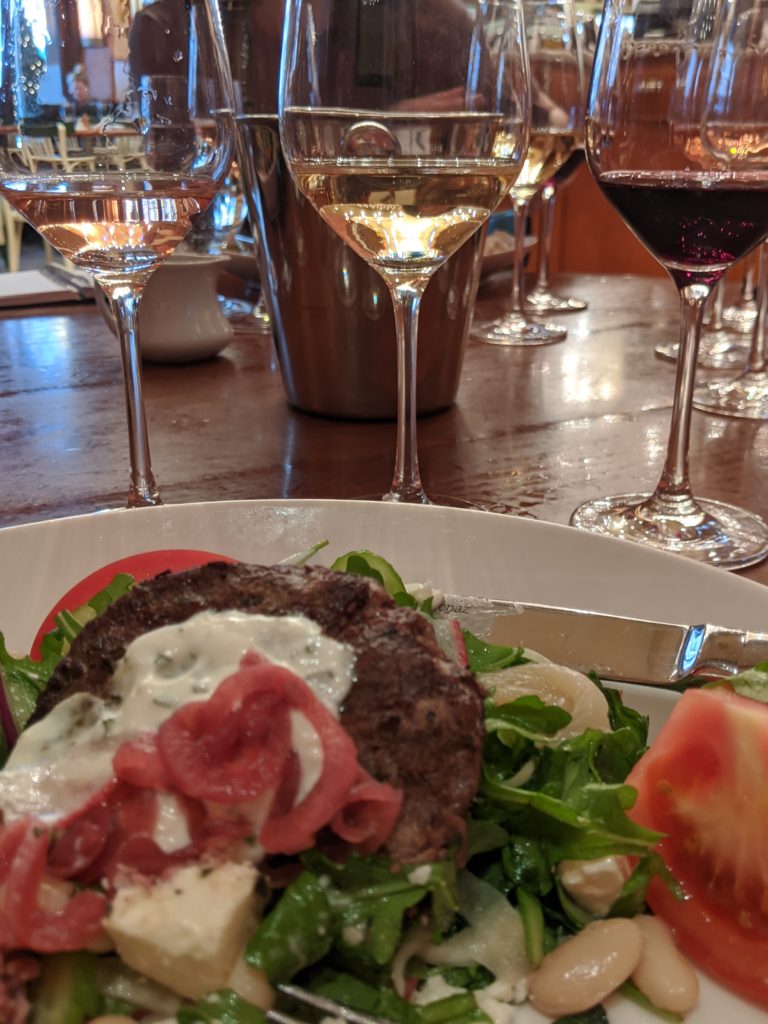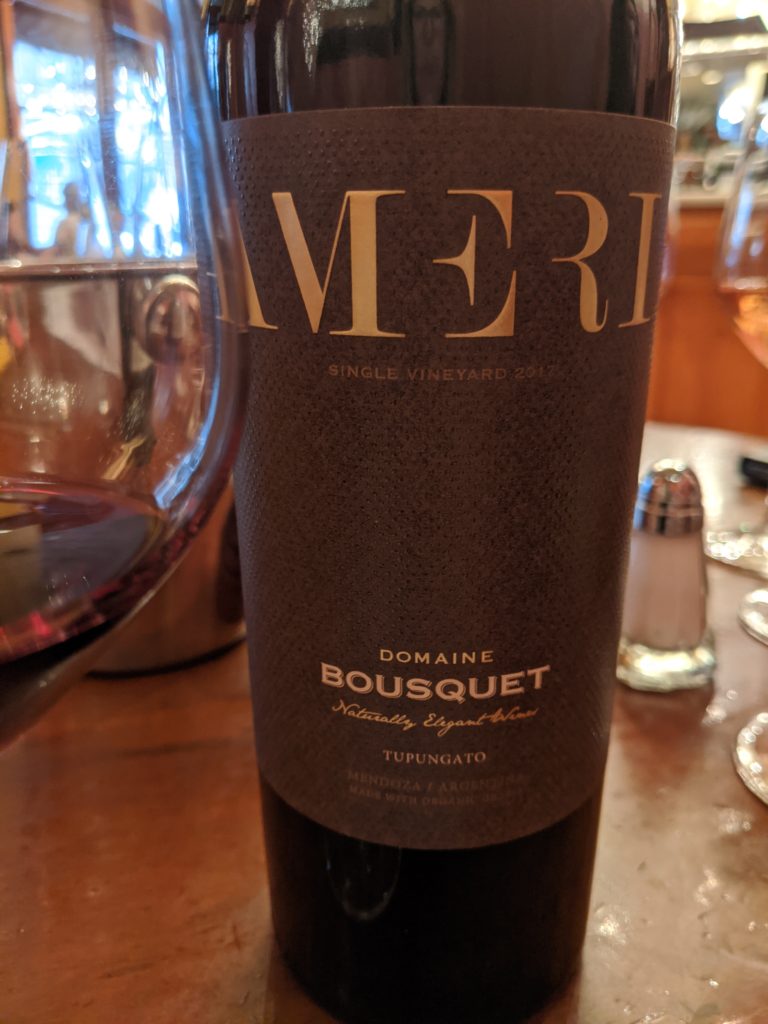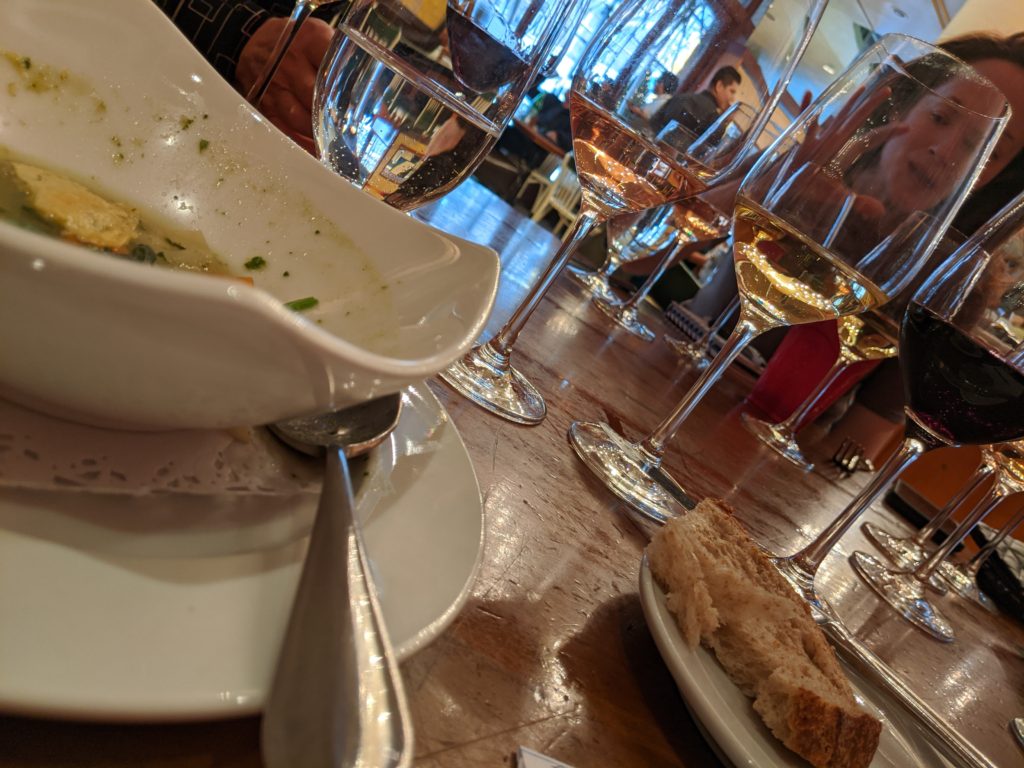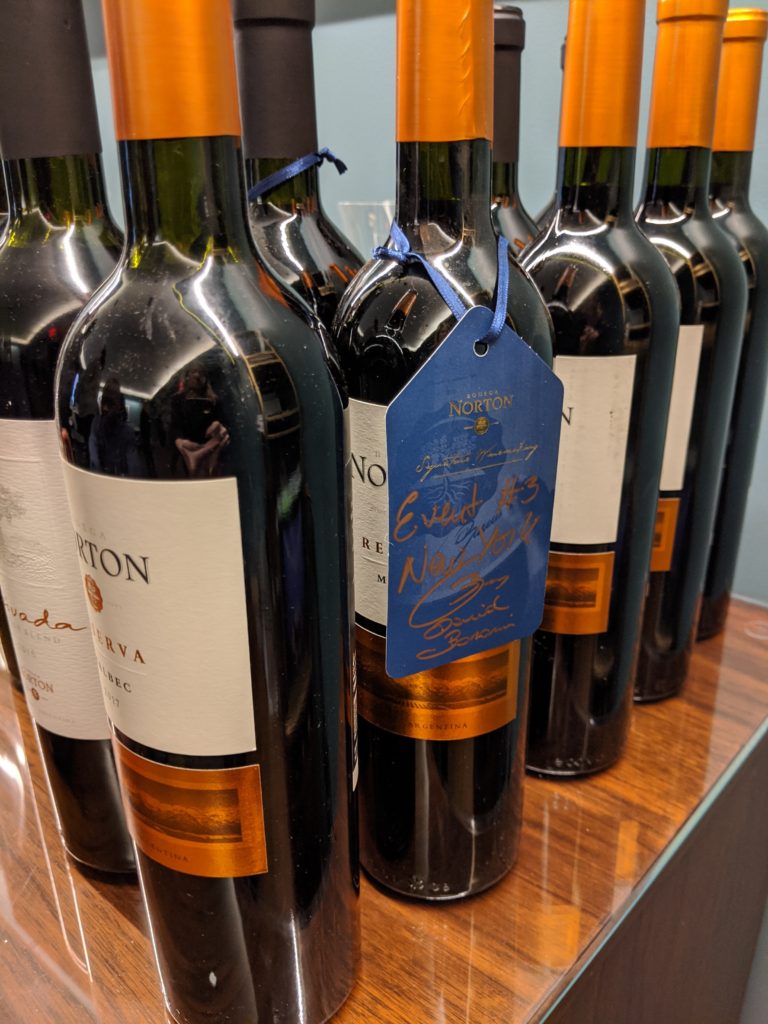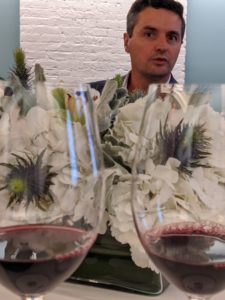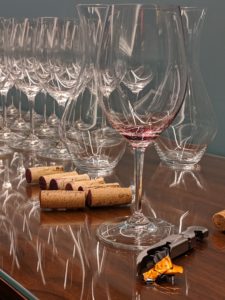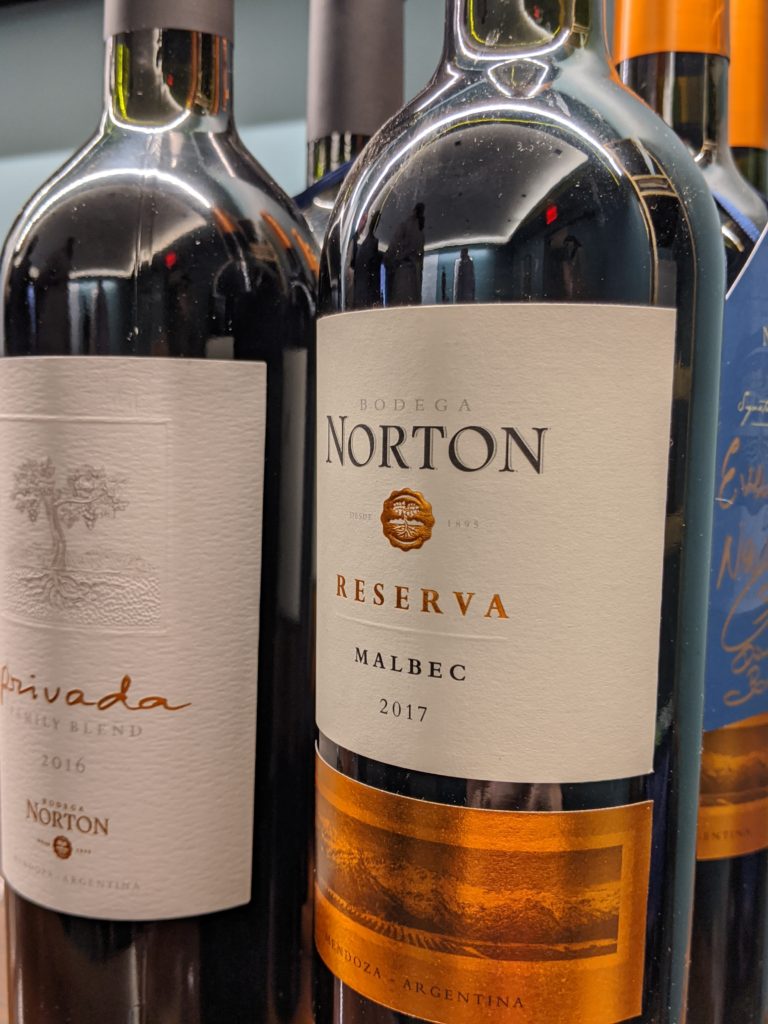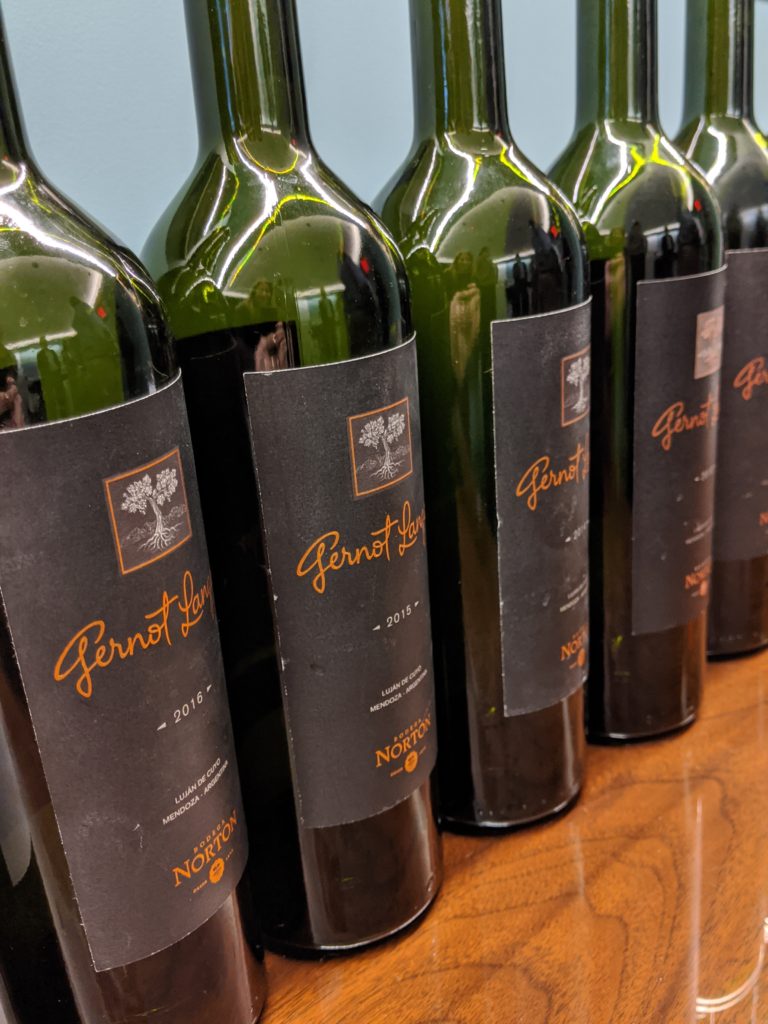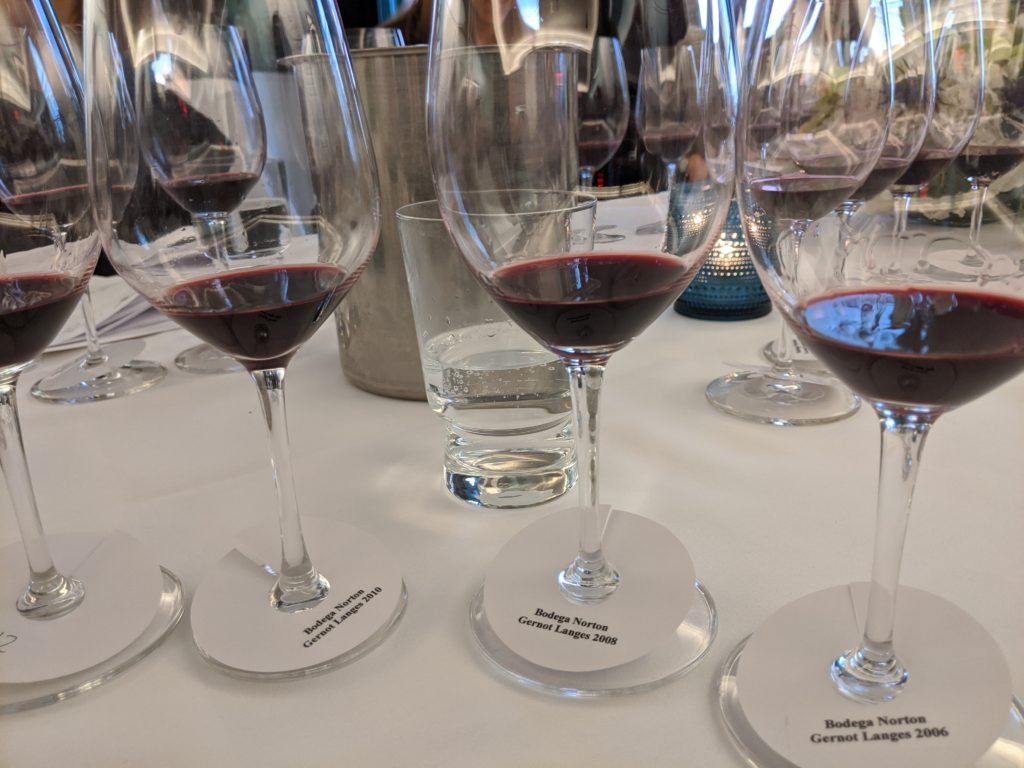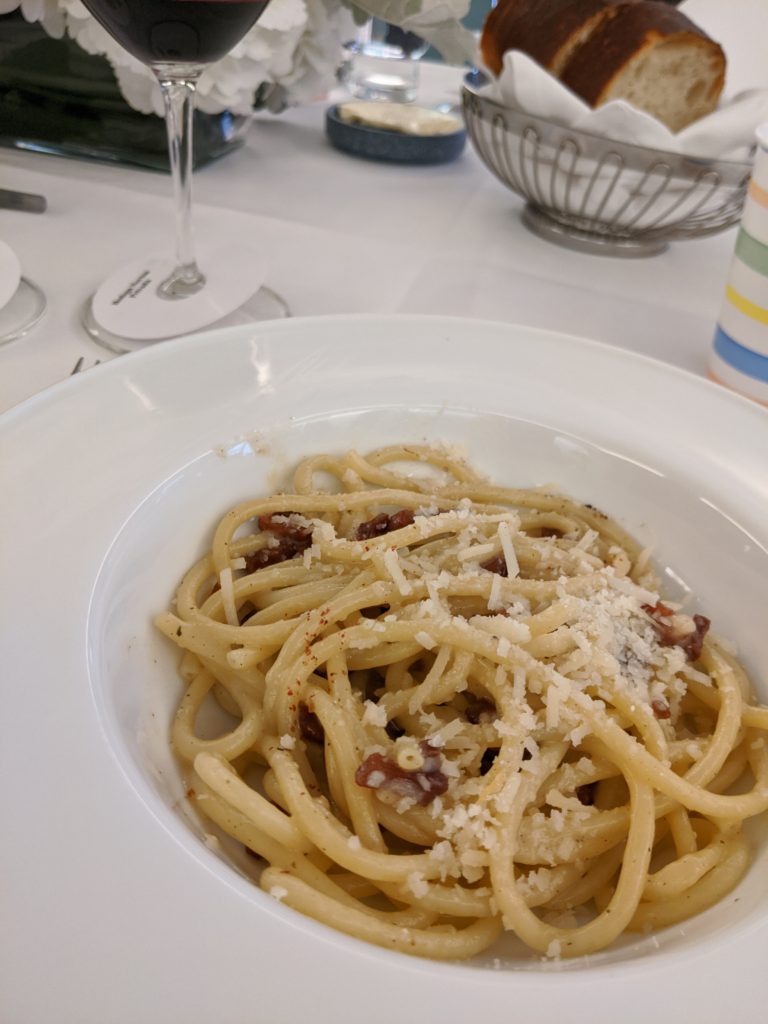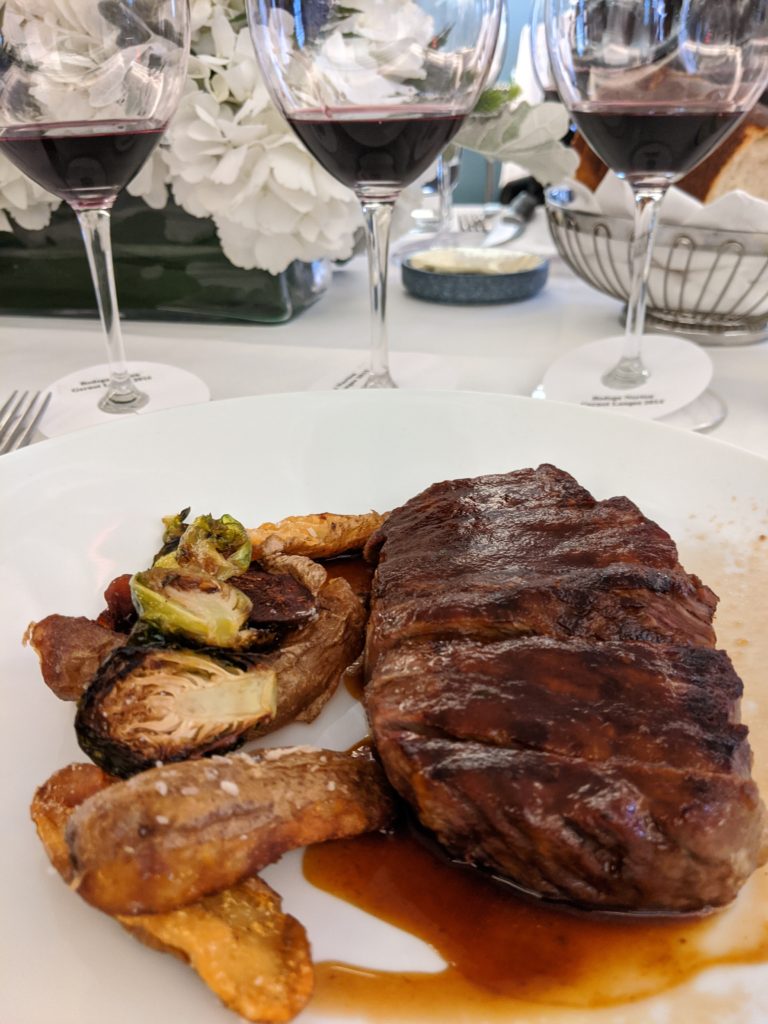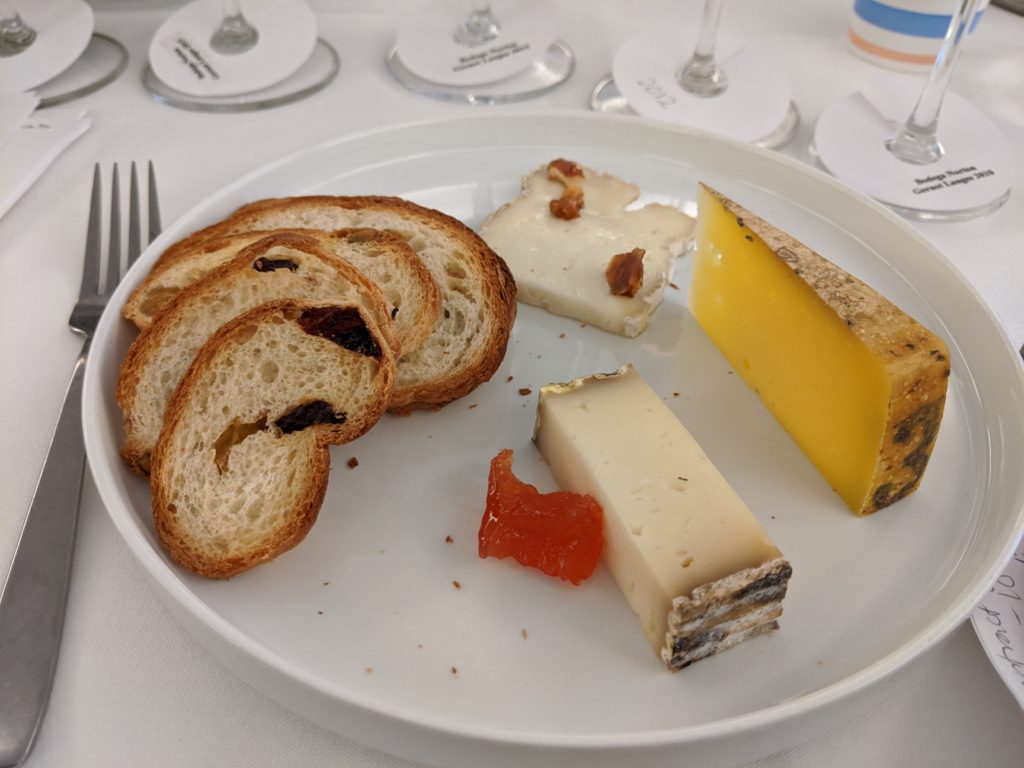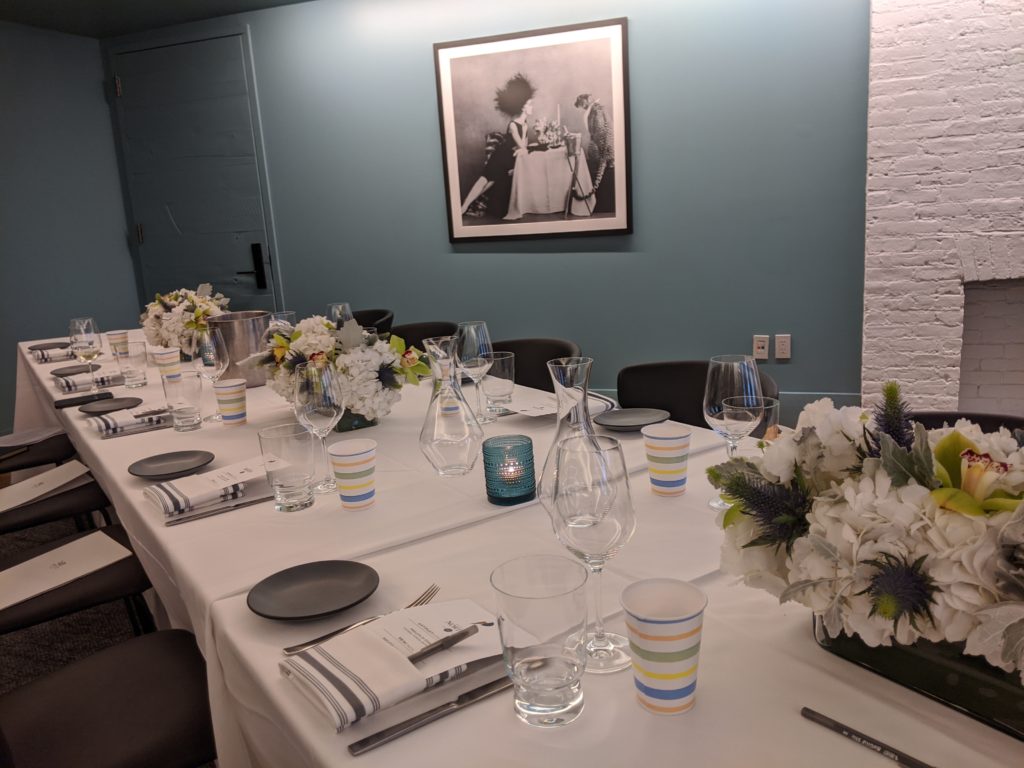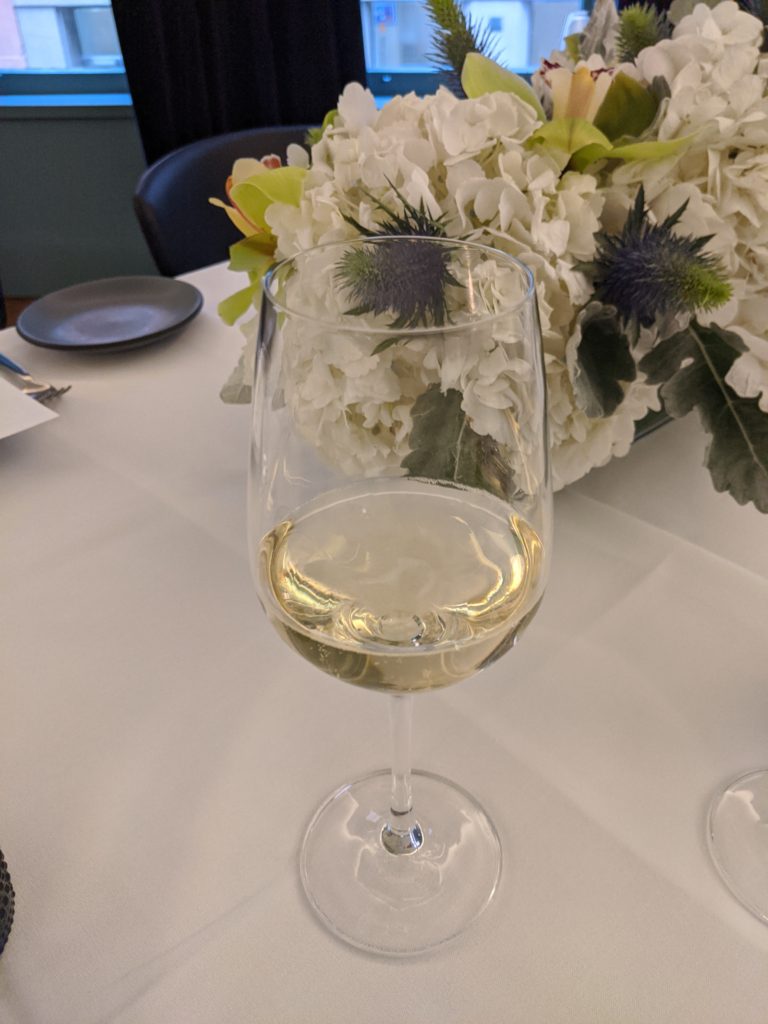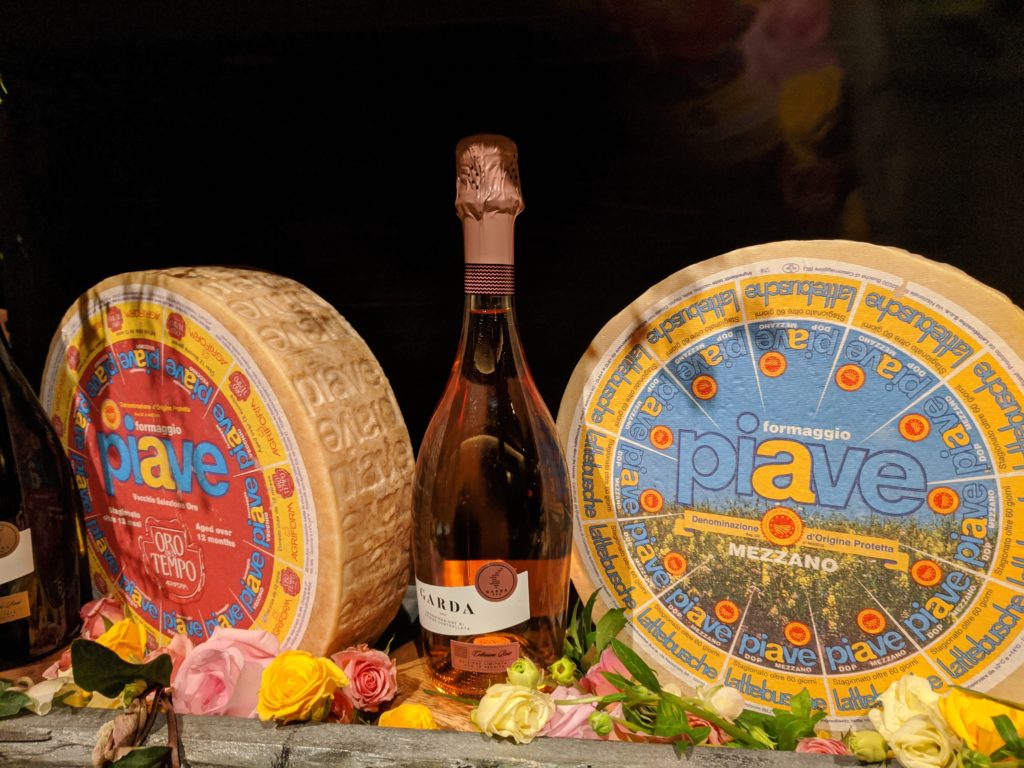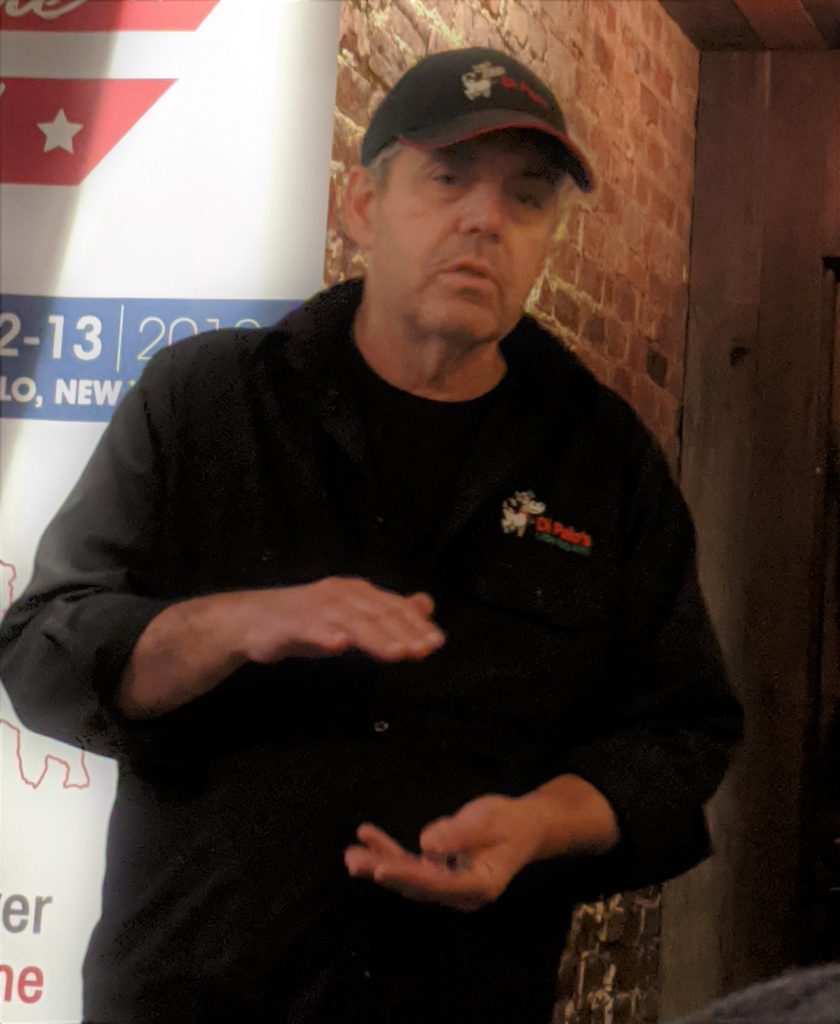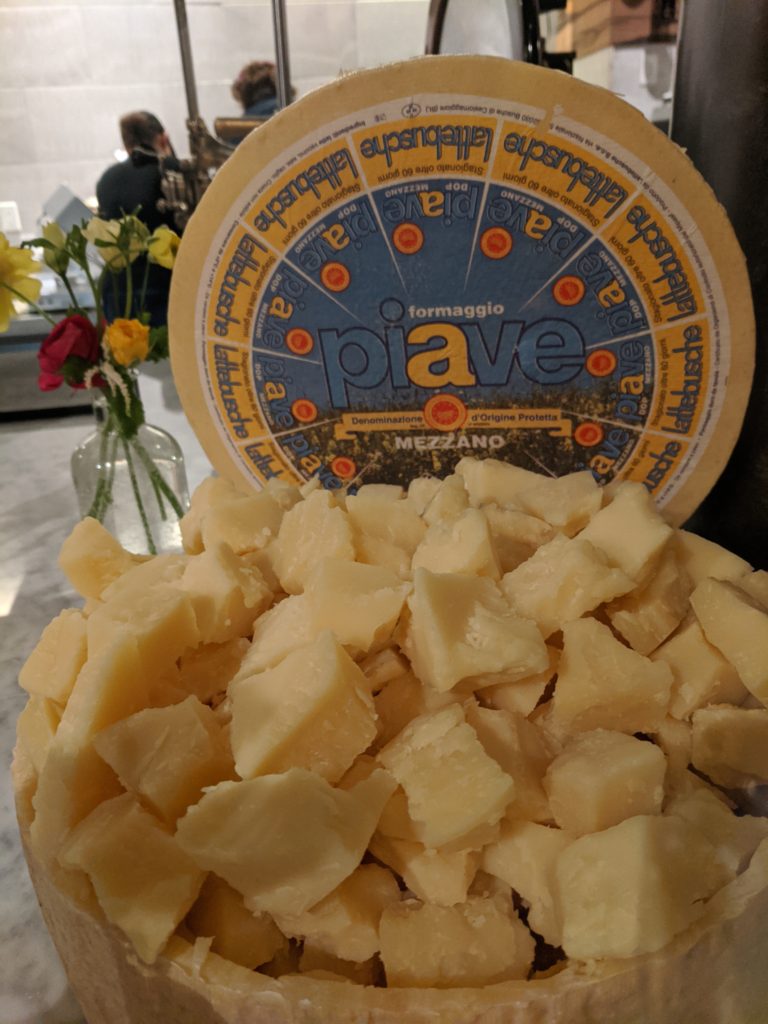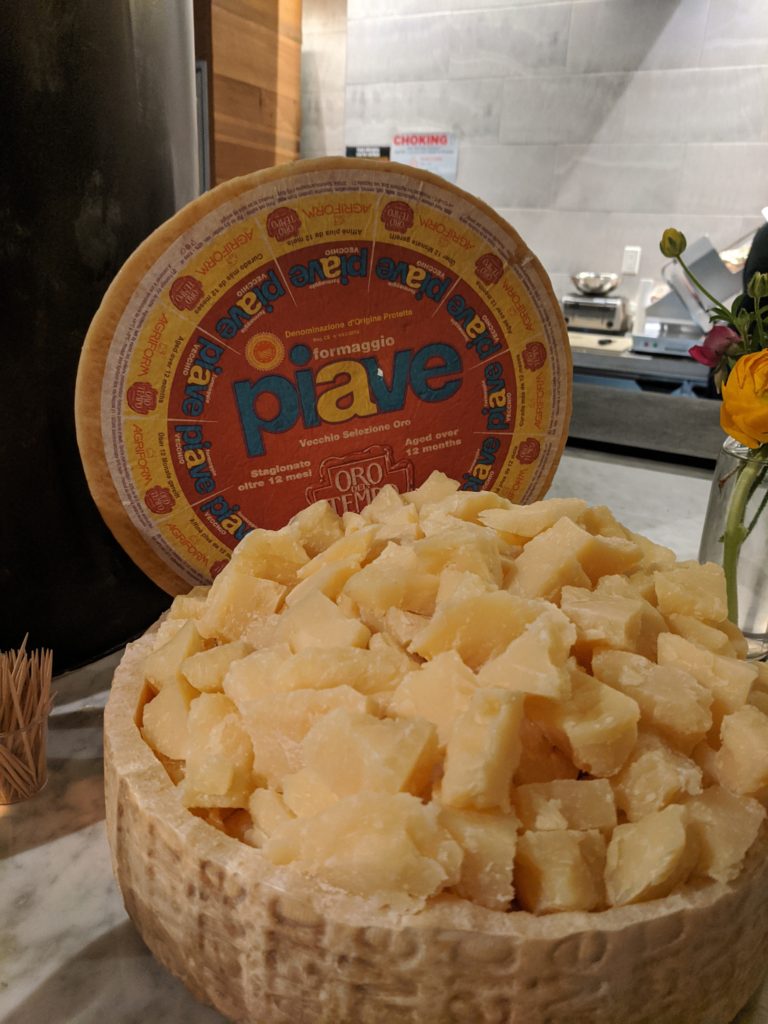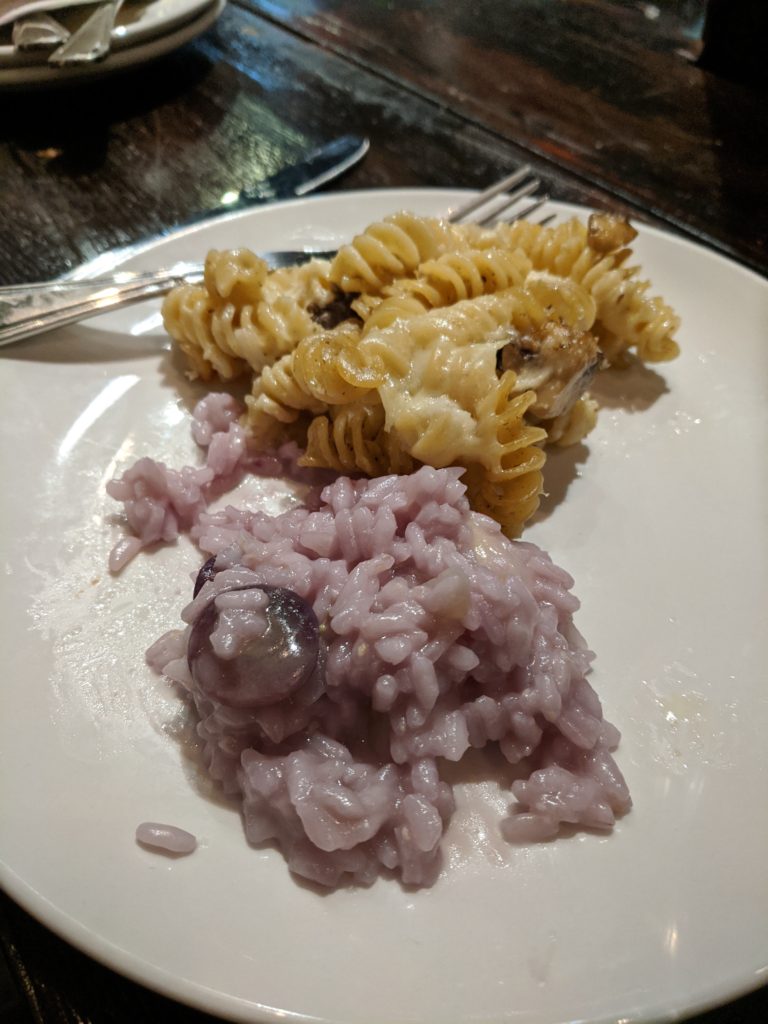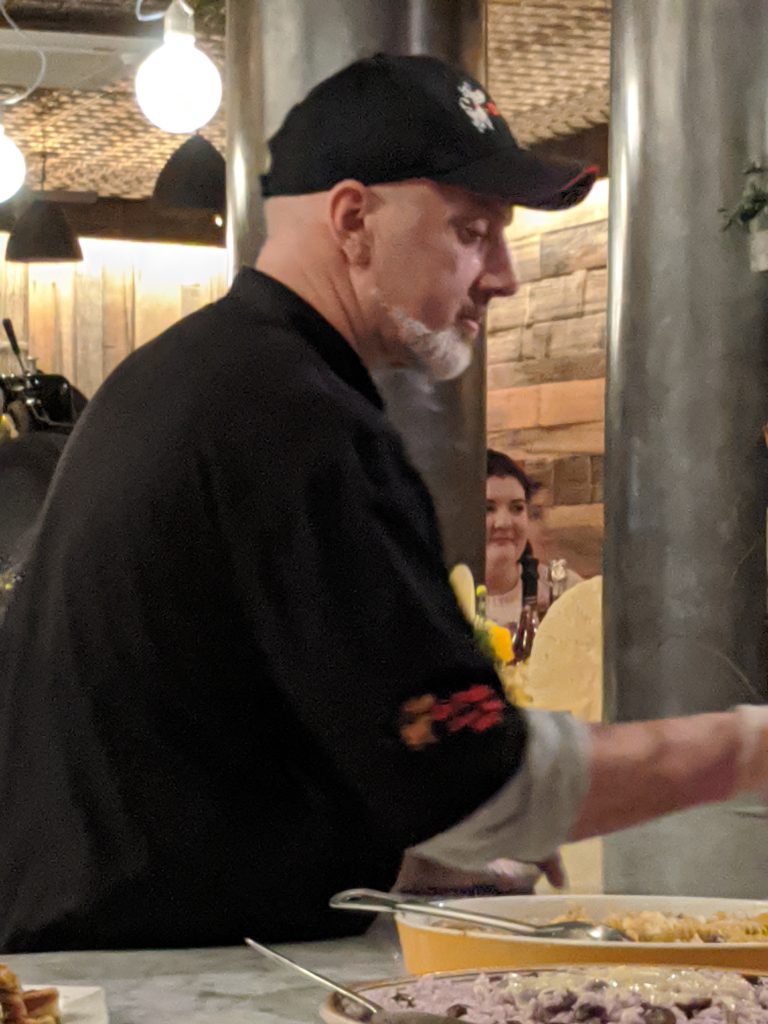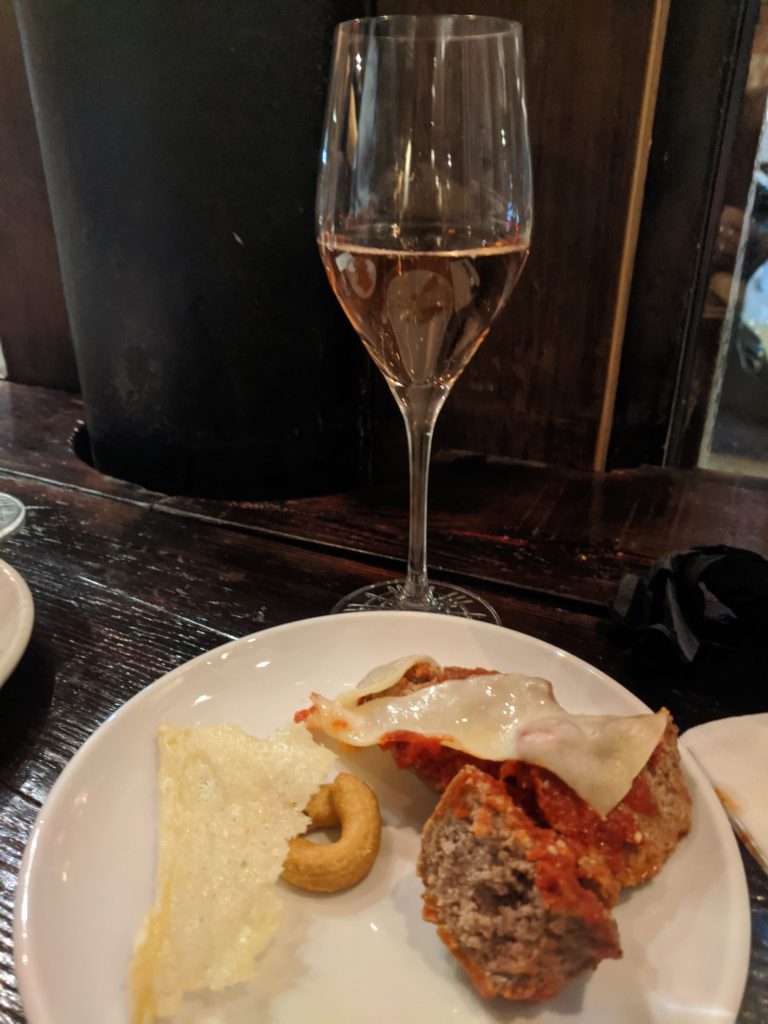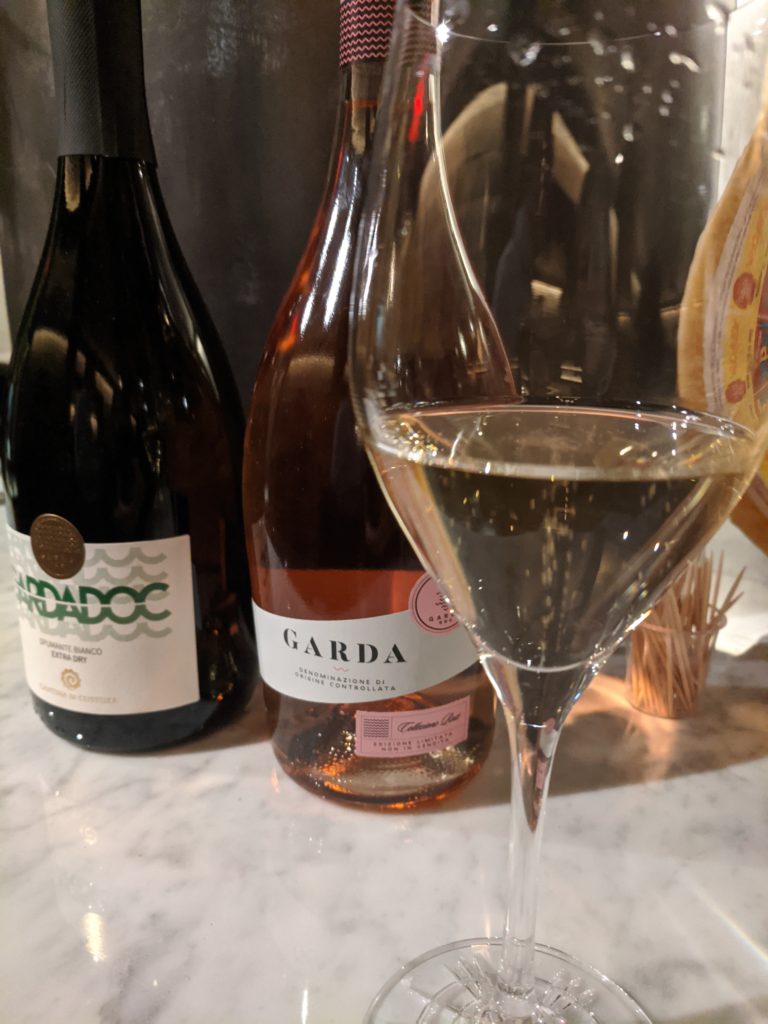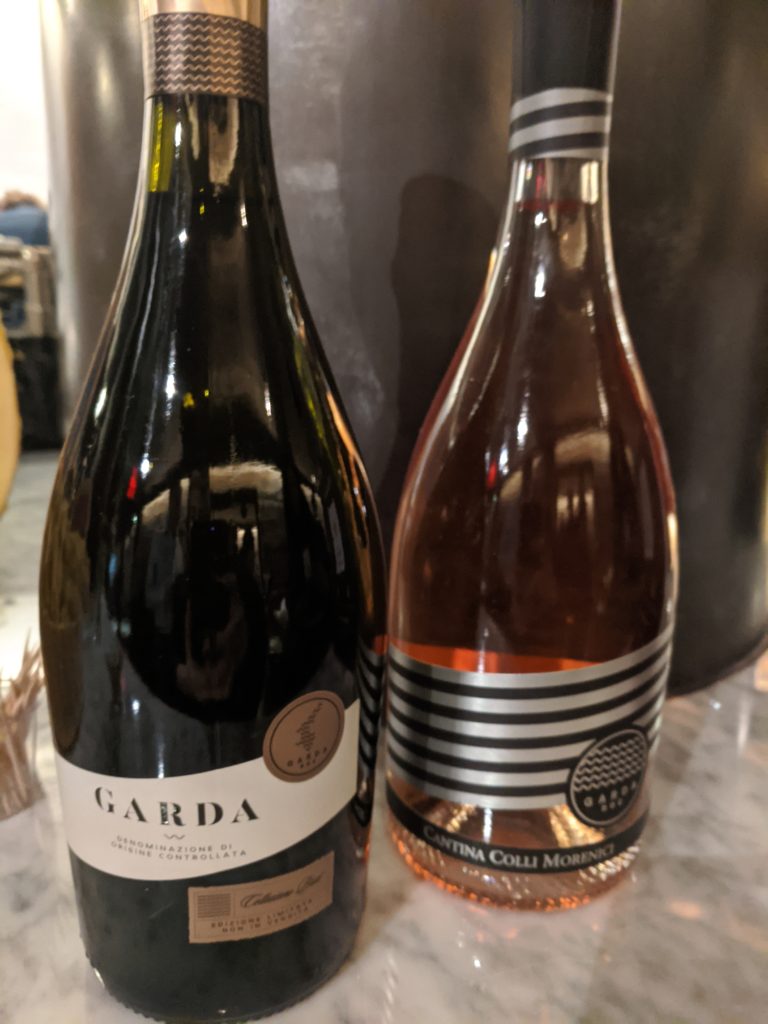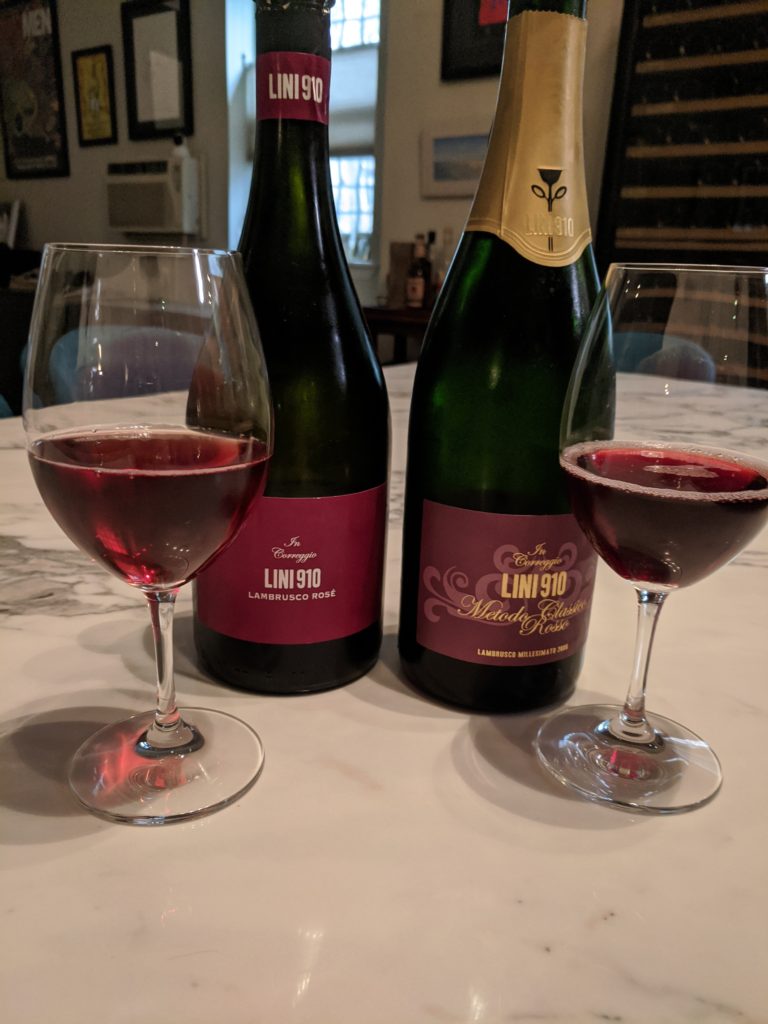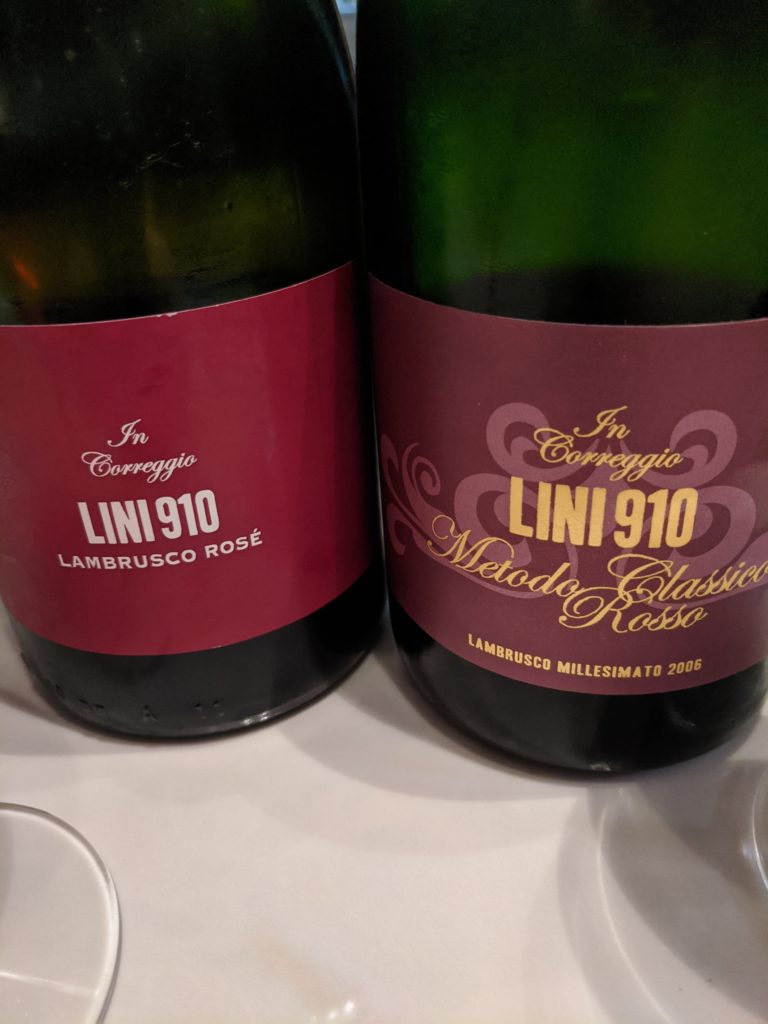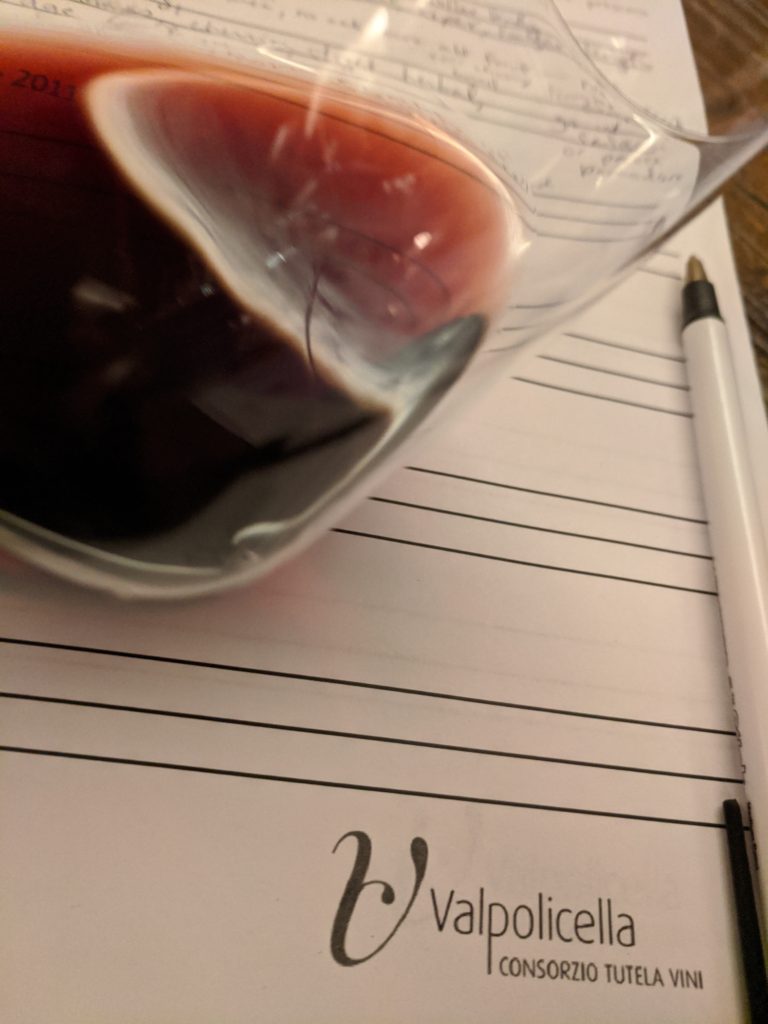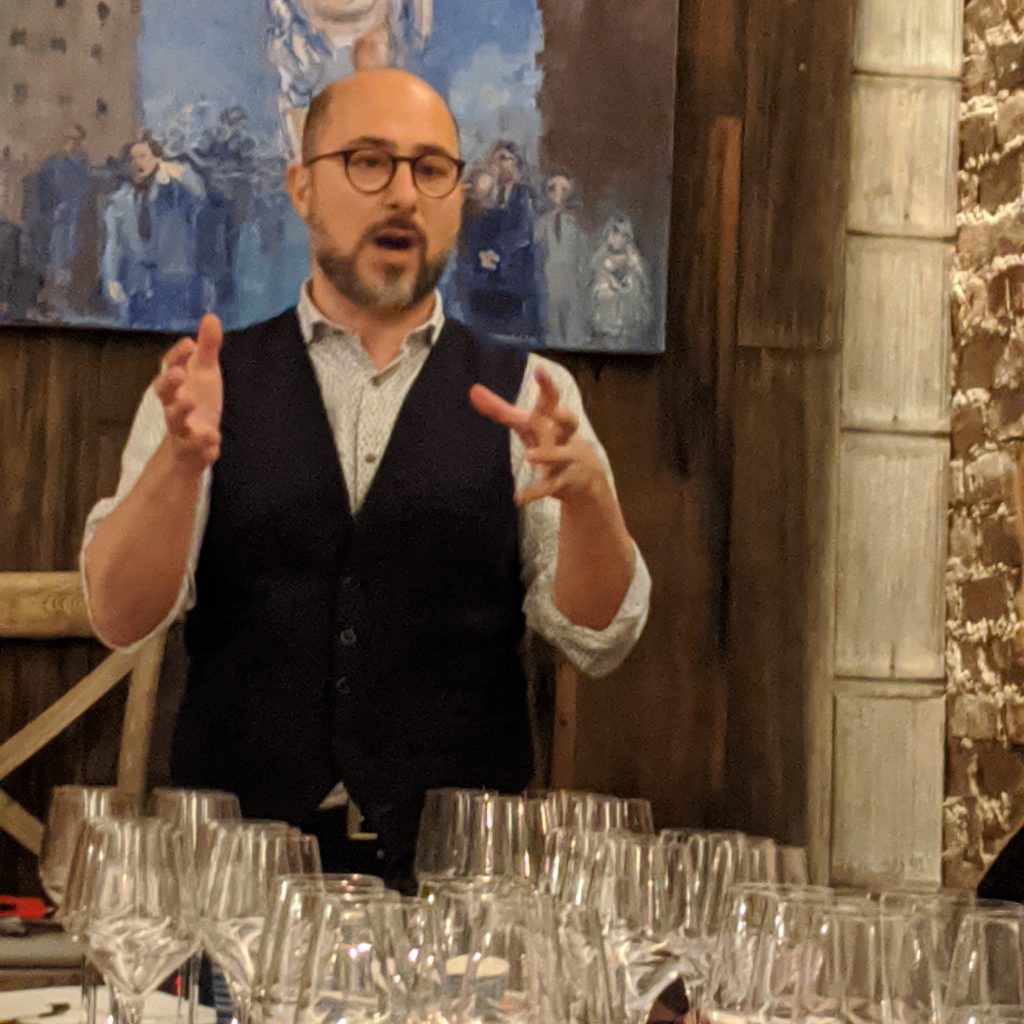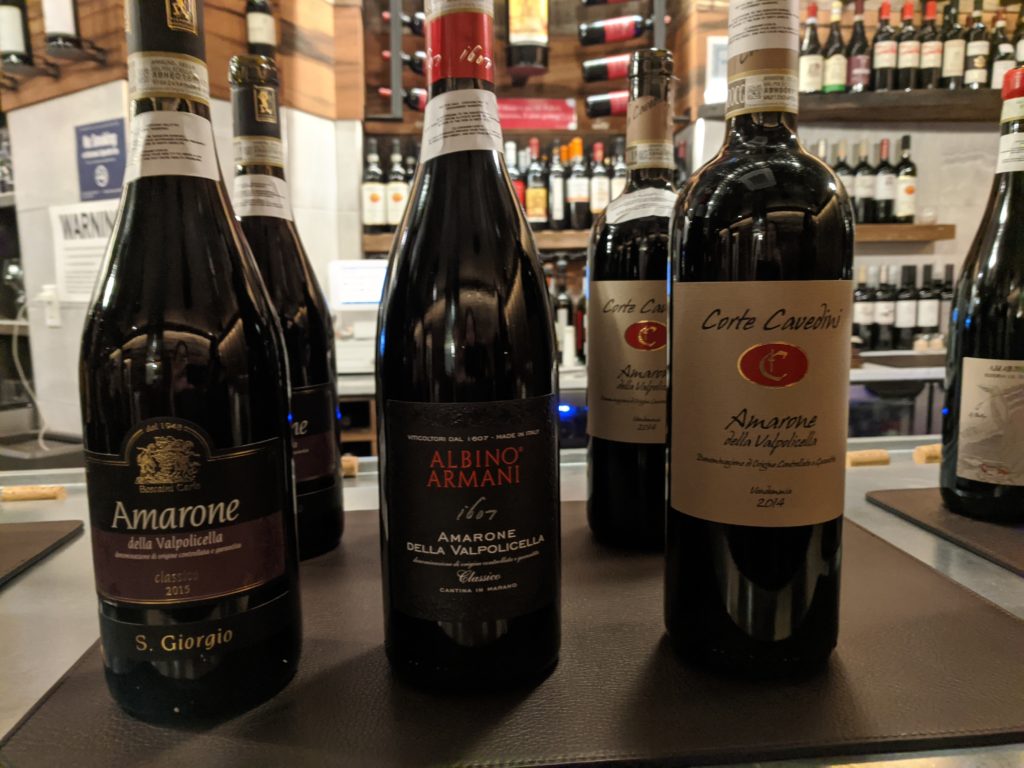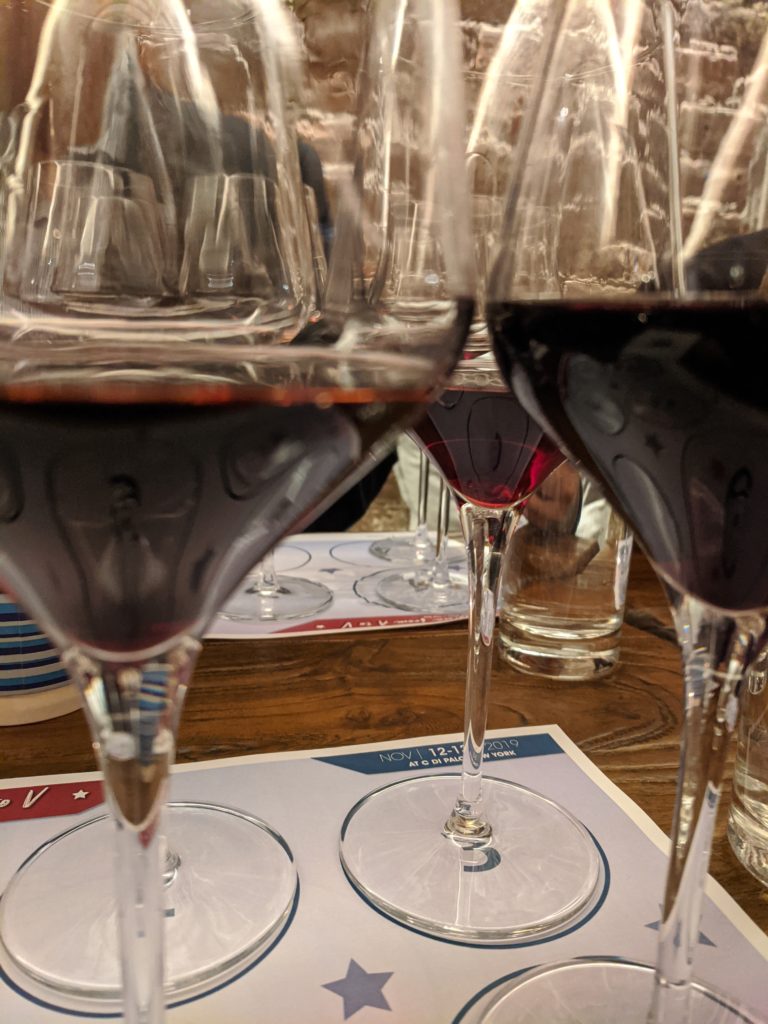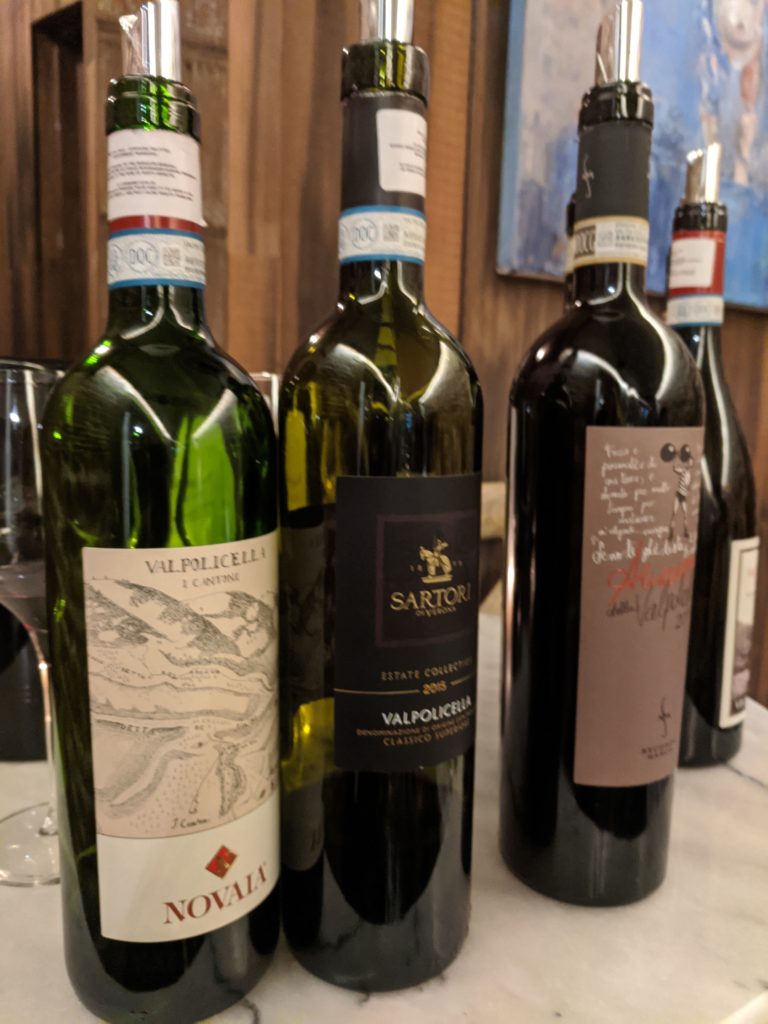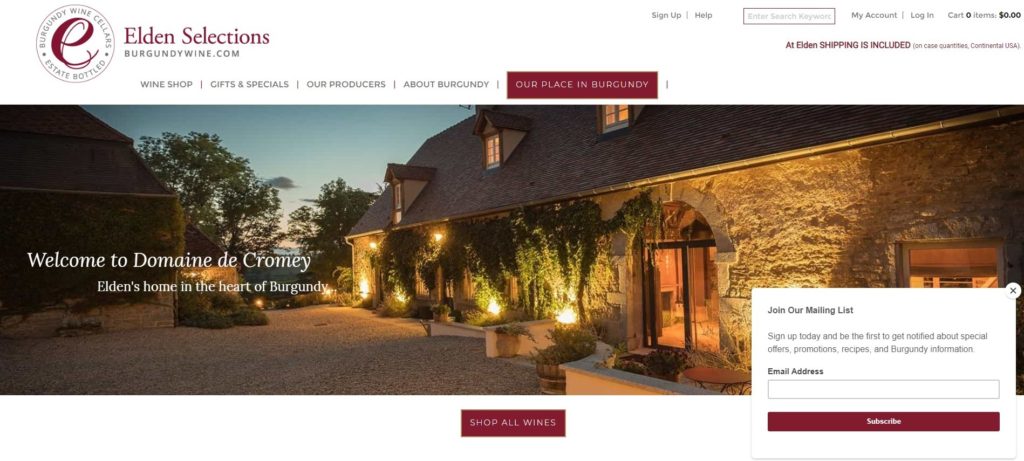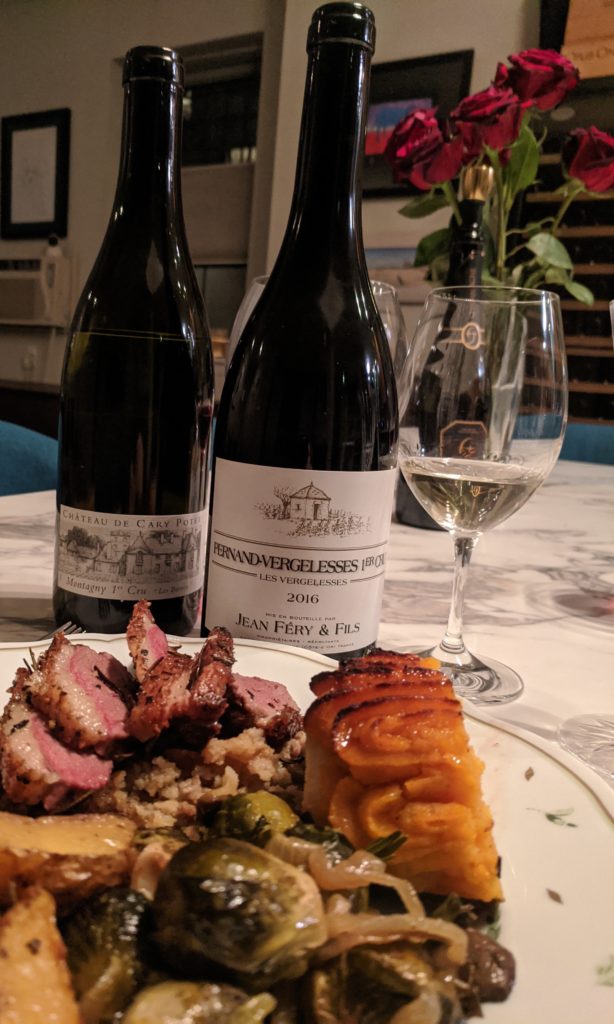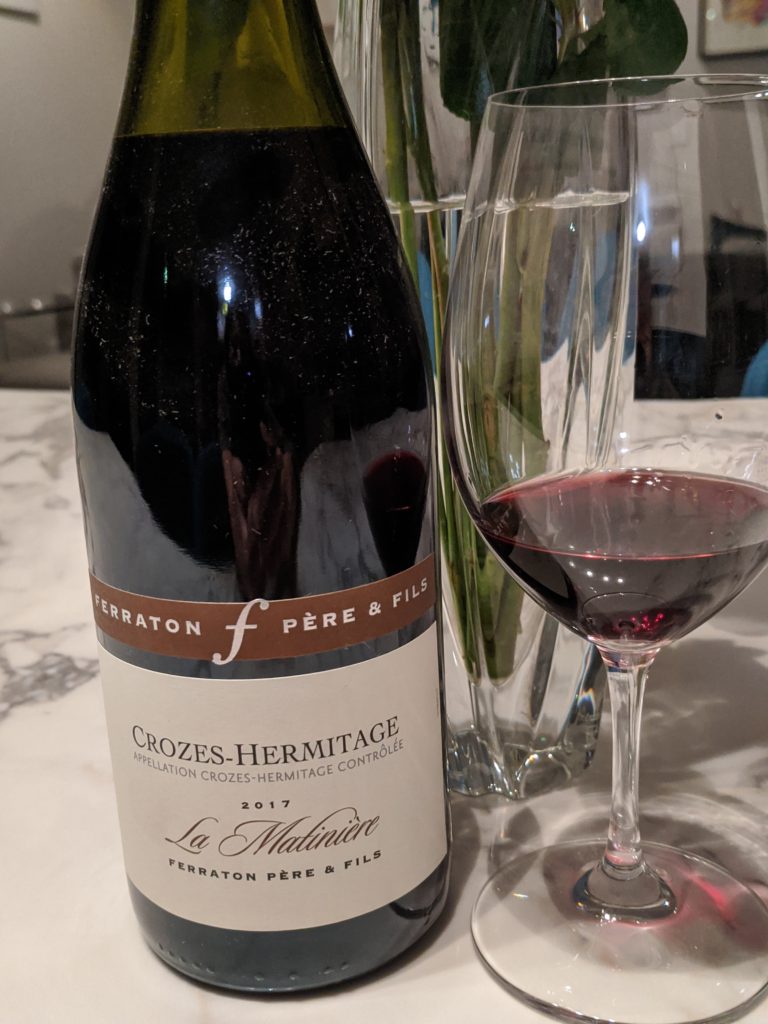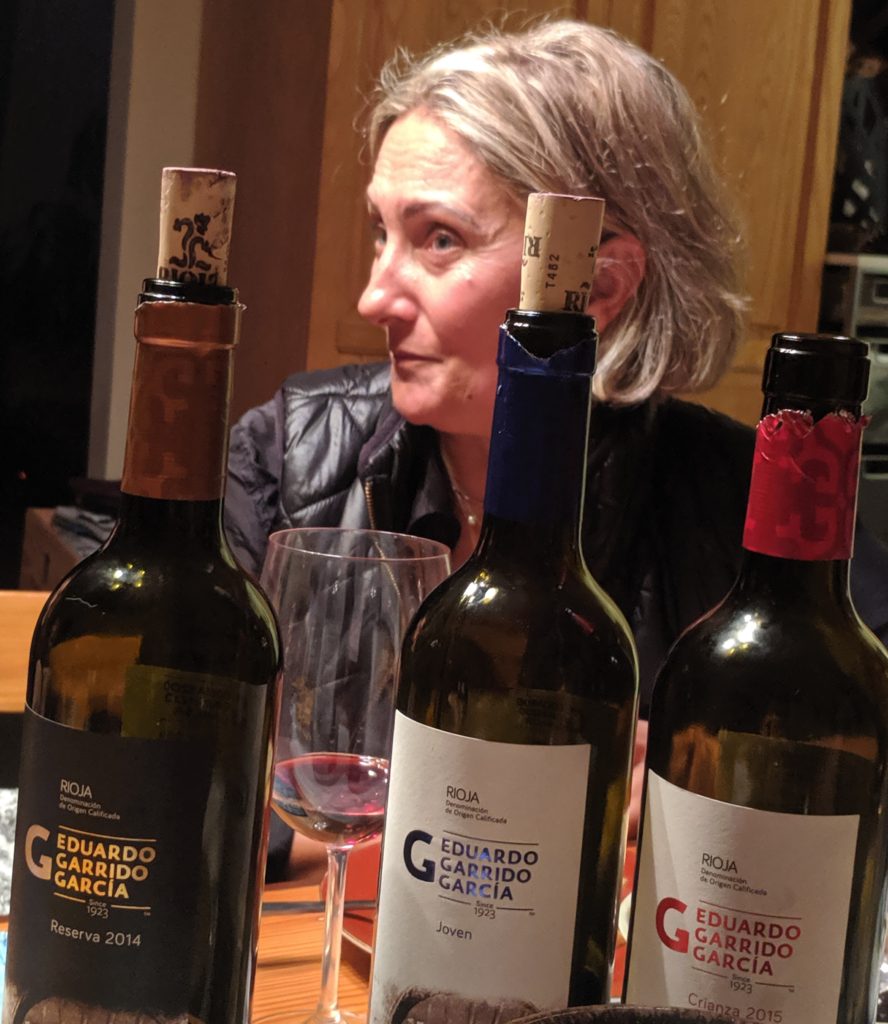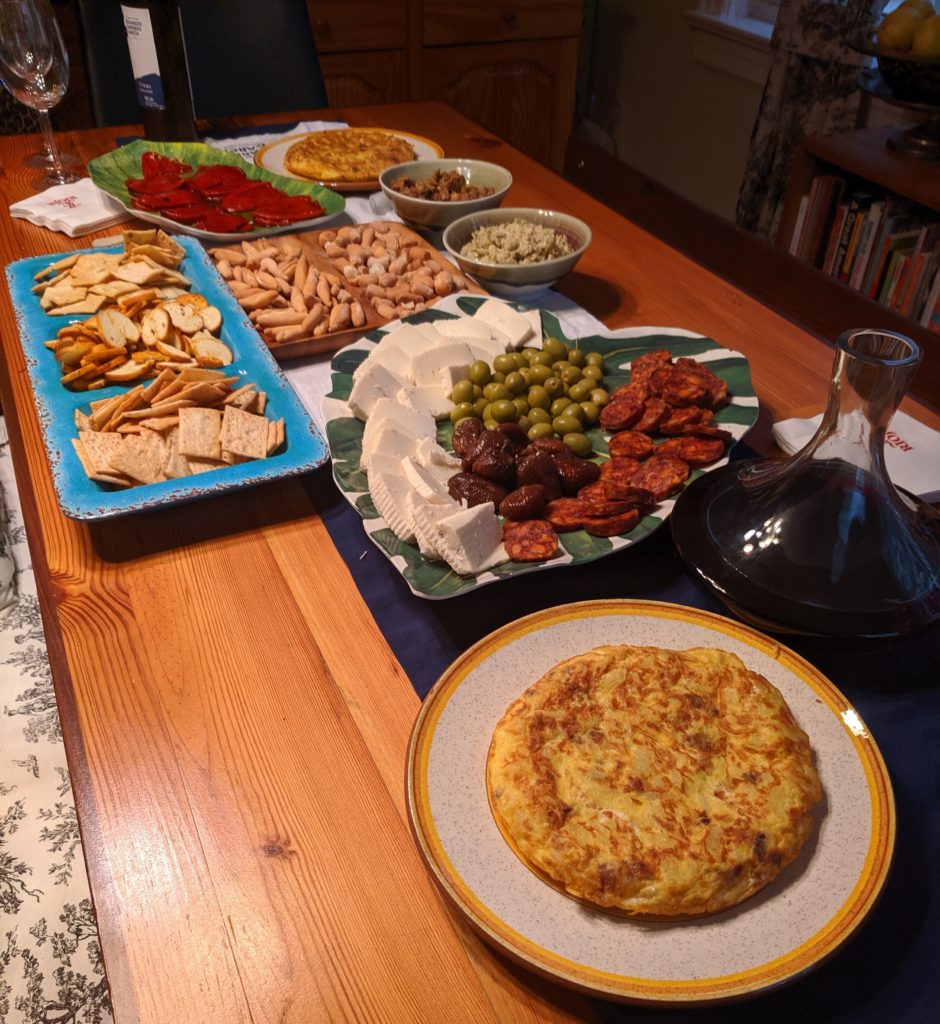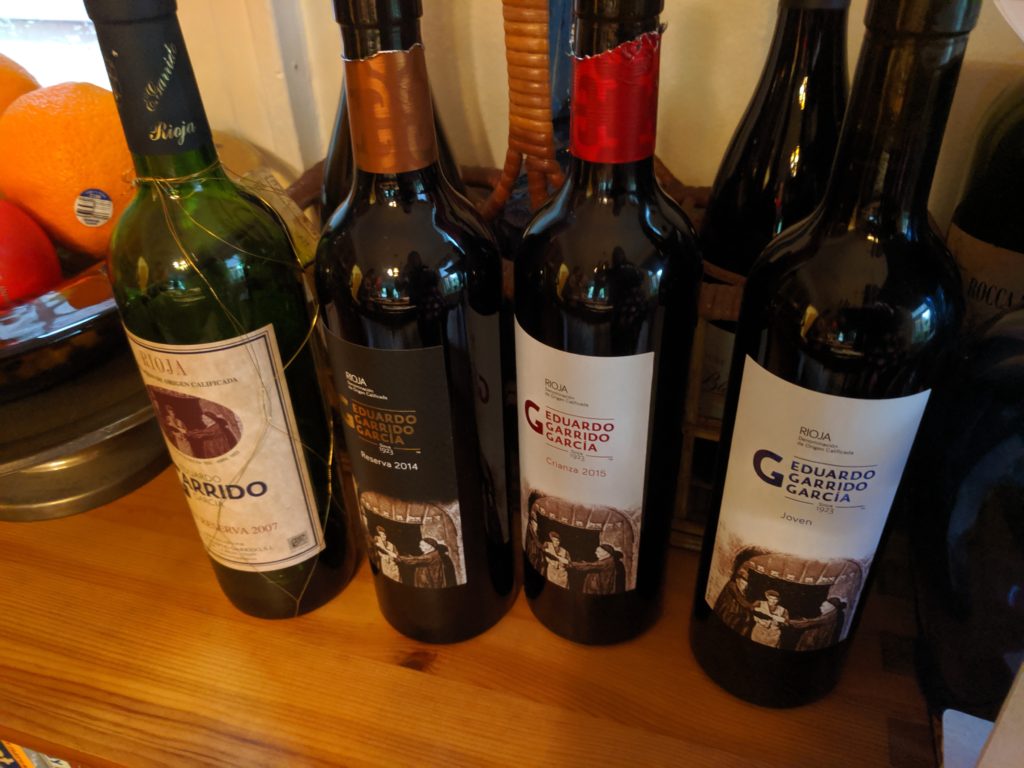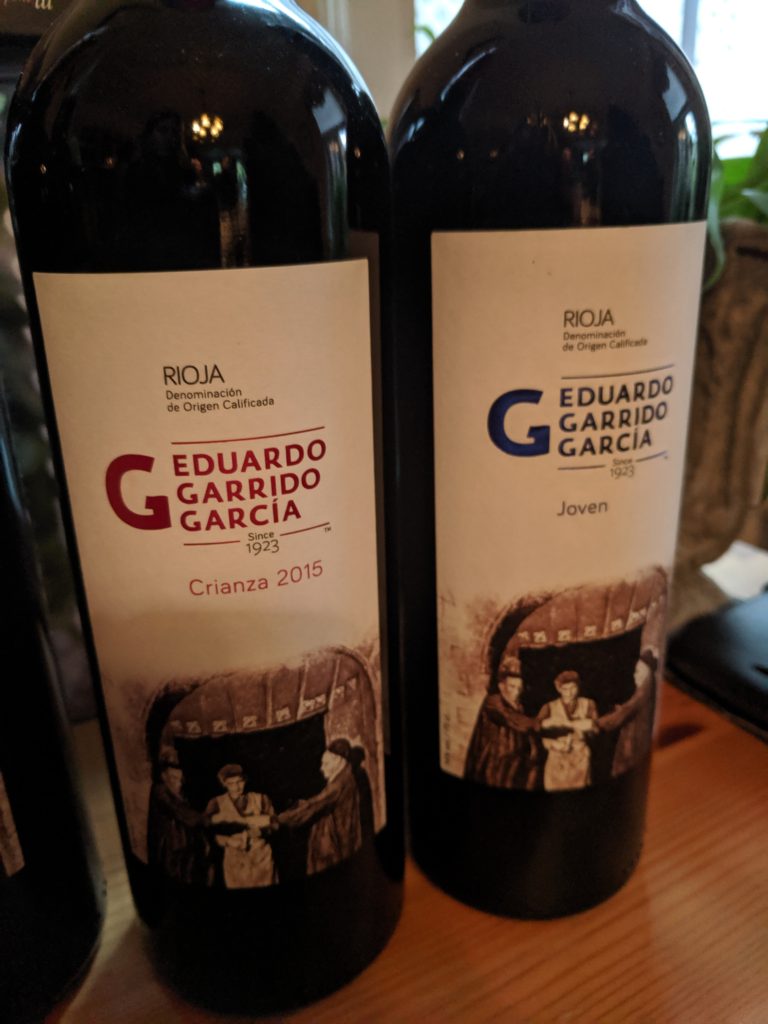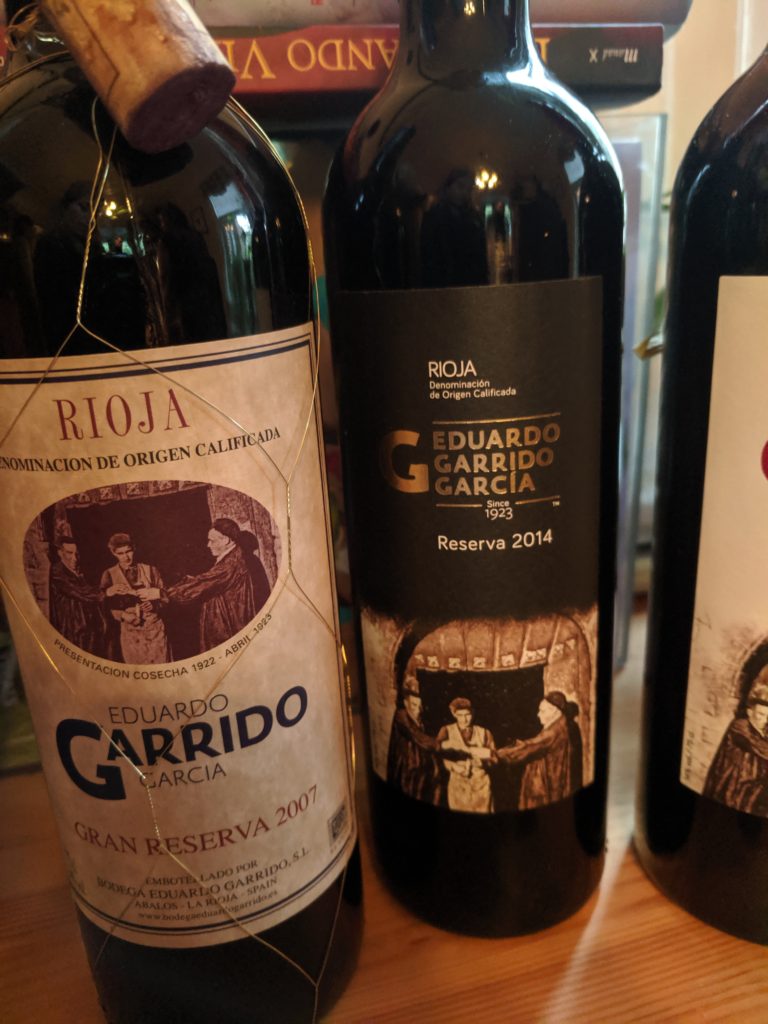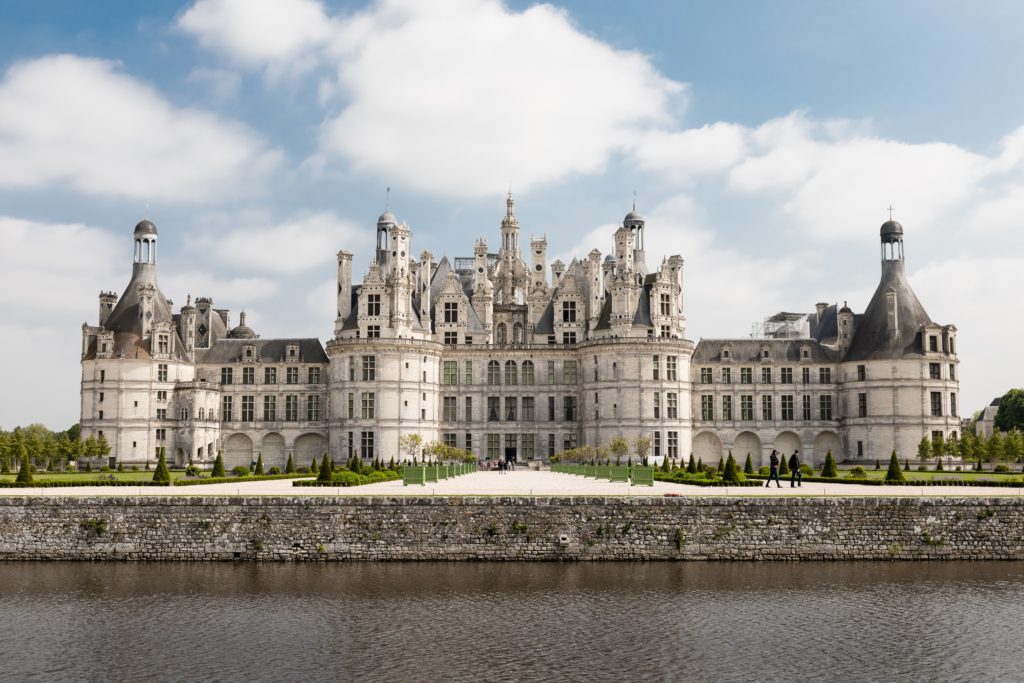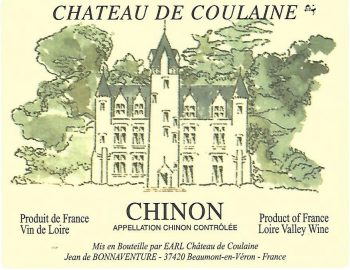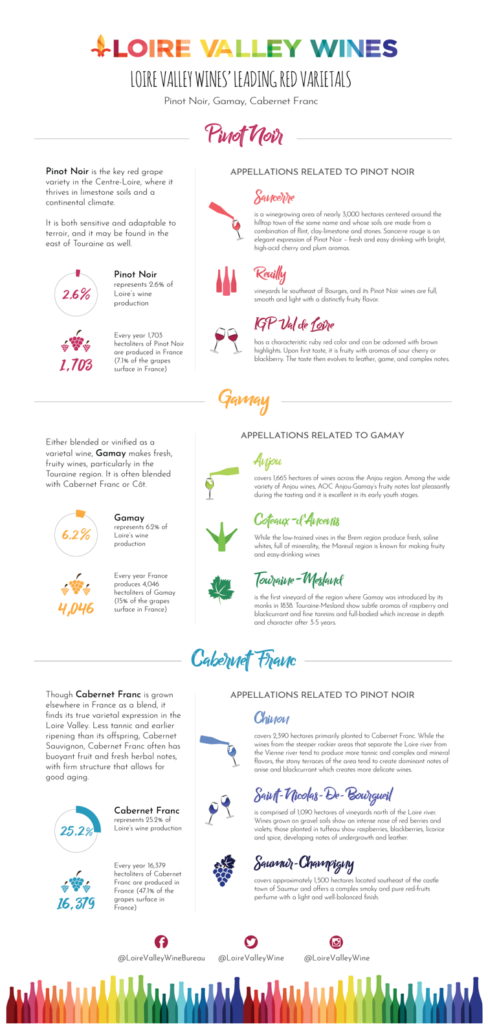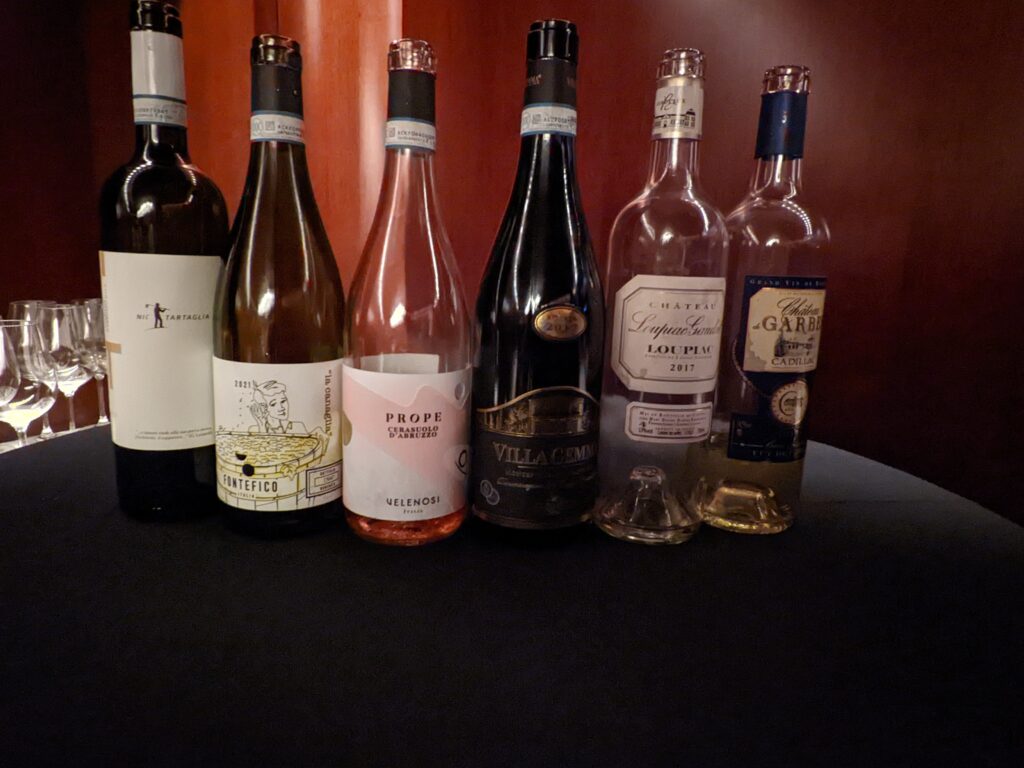
Looking for some new wines to grace your holiday table this season? Or, just want to expand your wine knowledge? Check out the dry wines from Abruzzo and the sweet wines from Bordeaux!
A recent dinner at Lincoln Ristorante welcomed members of the wine press and trade in an effort to better acquaint us with the wines from Abruzzo (Italy) and the sweet wines from Bordeaux (France). This was a wonderful opportunity to reconnect with colleagues after a lengthy hiatus as well as taste through a selection of amazing wines (and delicious food).
Prior to the evening, I had only limited exposure to the wines from Abruzzo, mostly aware of its Trebbiano d’Abruzzo and Montepulciano d’Abruzzo wines, but the meal provided a much more in-depth look at the region and the high quality wines it produces.
An historic region, the wines from Abruzzo were mentioned by Pliny the elder. In particular, the centrally located Abruzzo is home to both the Adriatic Sea as well as steep mountains (65% of the region is mountainous and 30% of the land is protected by natural parks) and has a mild climate that becomes more continental in character as one moves inland. Consequently, one can ski during the day and then be at the sea within 30 minutes.

Wine production includes 2 DOCG-level wines, 7 DOCs and 7 IGT (regional) wines. As with elsewhere in Italy, co-ops are very important to the scene, but there are also 200 private wineries in Abruzzo.
Here, the two main varieties are the two already mentioned: the red Montepulciano, which accounts for 80% of production and the white Trebbiano, which is the second most planted grape in the region. This latter variety dates to the 16th century and is considered to be a more more elegant version of the Trebbiano variety, and has the ability to age well.
Another grape of note in the region is Pecorino, which had almost become extinct, but thankfully has had a revival. Grown in both the Le Marche and Abruzzo regions, it is a variety with great acidity, structure and good aging potential.
We next enjoyed a Cerasuolo d’Abruzzo DOC, which, when established in 2010, was the first designation in Italy dedicated exclusively to rosé wine. The word cerasuolo refers to the deep pink color of these wines, which are produced from the Montepulciano grape.
Finally, we had a Riserva-level Montepulciano d’Abruzzo, which displayed the beauty of these wines, which have elegance and powerful, along with good fruit character, complexity, balance and length.
After our foray into the Abruzzian wines, we turned our attention to dessert. As their name implies, the Sweet Wines of Bordeaux offer up beautiful sweetness in the glass and make for a perfect liquid dessert. Yet, they are versatile enough to pair with savory foods as well, with bright acidity and balance accompanying the sweet notes. At dinner, one had a choice between a cheese course or a chocolate-based dessert, both of which paired equally well with the two Bordeaux wines.
Bordeaux’s sweet wines feature the grape varieties of Sémillon, Sauvignon Blanc and (in some cases) Muscadelle and are produced in several styles as well as several different appellations.
The Bordeaux Moelleux are among the lighter-style wines with nice freshness and sweetness. Conversely, those produced as Bordeaux Supérieur are fuller-bodied, can include Muscadelle in the cepage and are aged for a period of 6 to 18 months in wood vessels.
Additionally, Côtes de Bordeaux Saint-Macaire, covers a geographic area along the right bank of the Garonne River, while Premières Côtes de Bordeaux is used for those made from grapes grown in the vineyards of 39 towns that extend across the right bank of the Garonne river located south of Bordeaux.
However, the wines from the more specific appellations are the ones perhaps best compared with their siblings from Sauternes. In this regard are the wines from Cadillac,
Cérons, Loupiac and Saint-Croix-Du-Mont. The Cadillac appellation (AOC) was established in 1972, while Cérons AOC dates to 1936. The Cadillac wines are produced from late harvest grapes, while grapes for Cerons are affected by noble rot. Regardless, both adhere to strict selections during harvest, all of which is done by hand, with the wines aged for 12 to 18 months. Two other well-regarded appellations are Loupiac, which is the largest of them all, and Saint-Croix-Du-Mont, both of which are produced similarly to Cadillac and Cérons.
While these may not be familiar names to you, the bottom line is that one should keep Bordeaux in mind when it comes to the dessert course.
In this day and age, we are blessed to have access to a wealth of wonderful wines from all over the world, but it is easy to fall into a rut and reach for the same wines time and again. If that sounds like you, I urge you to step out of your comfort zone and explore these two sets of wines; your palate will thank you!
Wishing you all the best for the holiday season and beyond!
TASTING NOTES
Nic Tartaglia Trebbiano d’Abruzzo DOC 2021, Abruzzo, Italy
Aromas and flavors of pear and white flowers, with bright acidity, medium body, and long length.
Paired with Long Island Fluke Crudo or Misticanza Salad
Fontefico La Canaglia Pecorino d’Abruzzo Superiore DOC 2021, Abruzzo, Italy
As a wine with the Superiore designation, it has been aged for one year, but, in this case, in stainless steel, not wood. Notes of apricot and smoke greet the nose, with a dry palate of medium acidity, medium+ body, culminating in long length.
Paired with Risotto.
Velenosi Prope Cerasuolo d’Abruzzo DOC 2021, Abruzzo, Italy
Beautiful in color, this wine offers up fresh berries and zippy acidity, with good minerality, It is complex and structured, with medium+ body and is much more substantial on the palate than a Provencal-style rose. Good length.
Paired with Branzino or Dry Age Strip Loin.
Masciarelli Villa Gemma Montepulciano d’Abruzzo DOC Riserva 2017, Abruzzo, Italy
Intense nose of red and black fruit, with firm, yet ripe tannins, this wine was aged for 24 24 months before release. It had lovely complexity, good fruit and very long length.
Paired with Branzino or Dry Age Strip Loin.
Chateau de Garbes Cuvee Fut de chene Cadillac AOC 2019, Bordeaux, France
Produced from old vines, this wine was aged for 12 months in oak. It was luscious, with good acidity to balance the sweetness and notes of apricot and other stone fruit.
Paired with Cheese (Aged Parmesan) or Pinola Al Cioccolato.
Chateau Loupiac-Gaudiet Loupiac AOC 2017, Bordeaux, France
Made from botrytized grapes (90% Semillion; 10% Sauvignon Blanc) from 45-year-old vines, this wine displays lovely fruit, spice and vanilla, culminating in long length.
Paired with Cheese (Aged Parmesan) or Pinola Al Cioccolato.

